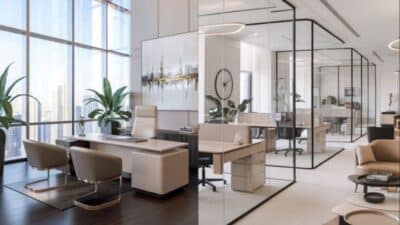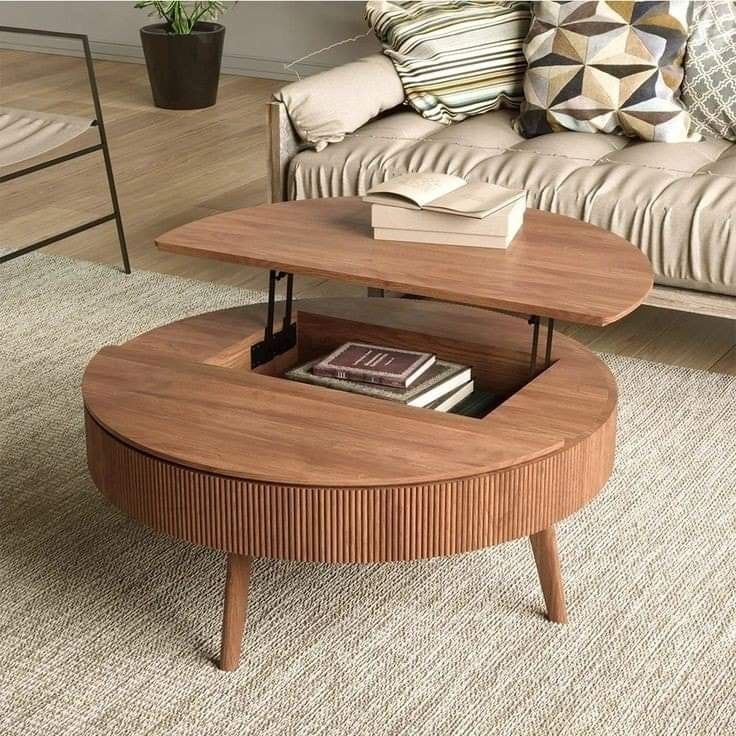
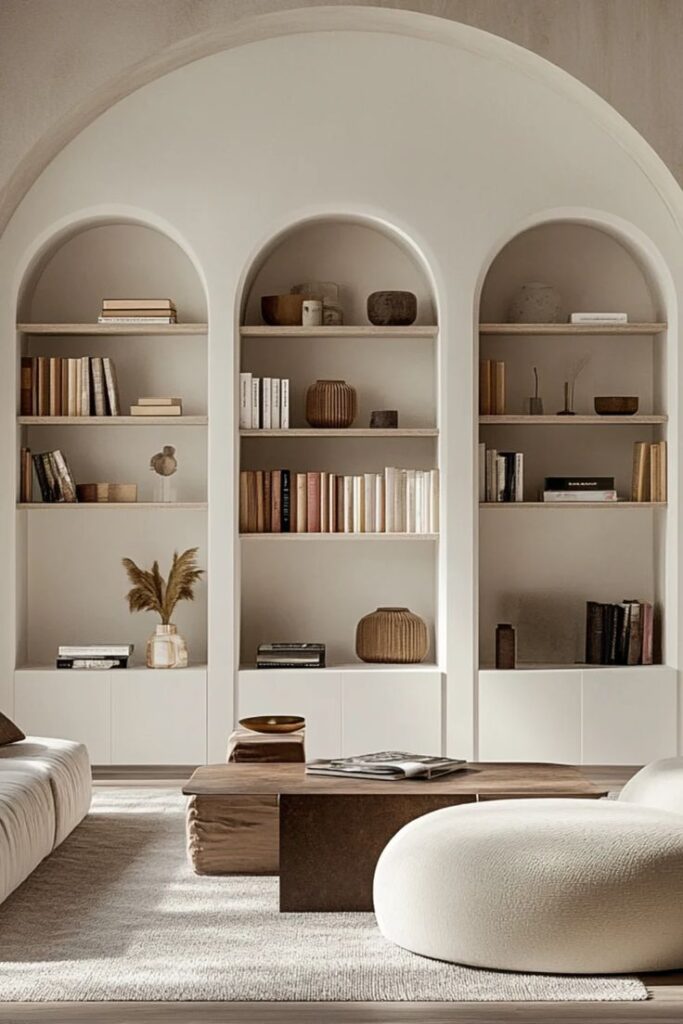
Custom furniture design means creating pieces that fit a person’s exact needs, style, and space. It allows people to get furniture that is unique, made to measure, and often higher in quality than ready-made options. This approach gives more control over size, materials, and details than choosing off-the-shelf furniture.
Many choose custom design to solve problems with space or to match existing décor perfectly. Working with a skilled designer or artisan helps ensure the piece fits well and lasts longer. Custom furniture can also reflect personal taste better than mass-produced items.
The process usually includes planning, selecting materials, and craftsmanship. It takes time but results in furniture that is tailored, functional, and often more satisfying to own. People interested in custom furniture often enjoy having a say in every step to create exactly what they want.
Key Takeaways
- Custom furniture is tailored to fit specific needs and spaces.
- Working with designers helps create unique and high-quality pieces.
- The process focuses on detail, materials, and craftsmanship for durability.
What Is Custom Furniture Design?
Custom furniture design involves making furniture to meet specific needs, tastes, and spaces. It focuses on personal preferences, material choices, and exact dimensions. This process allows for unique pieces that fit perfectly in a home or office.
Definition and Key Concepts
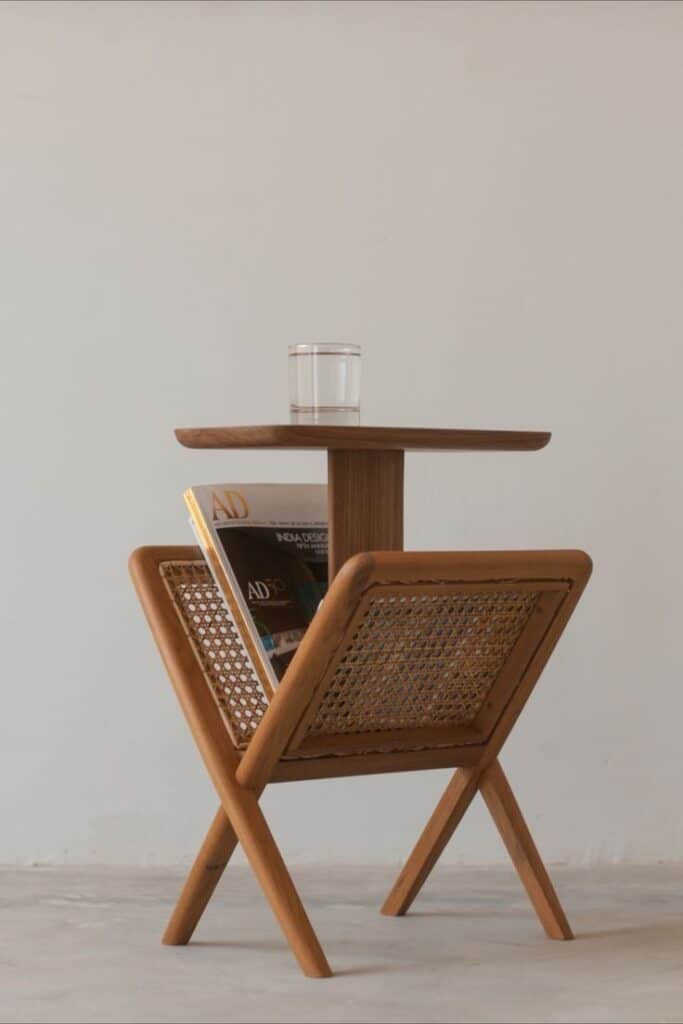
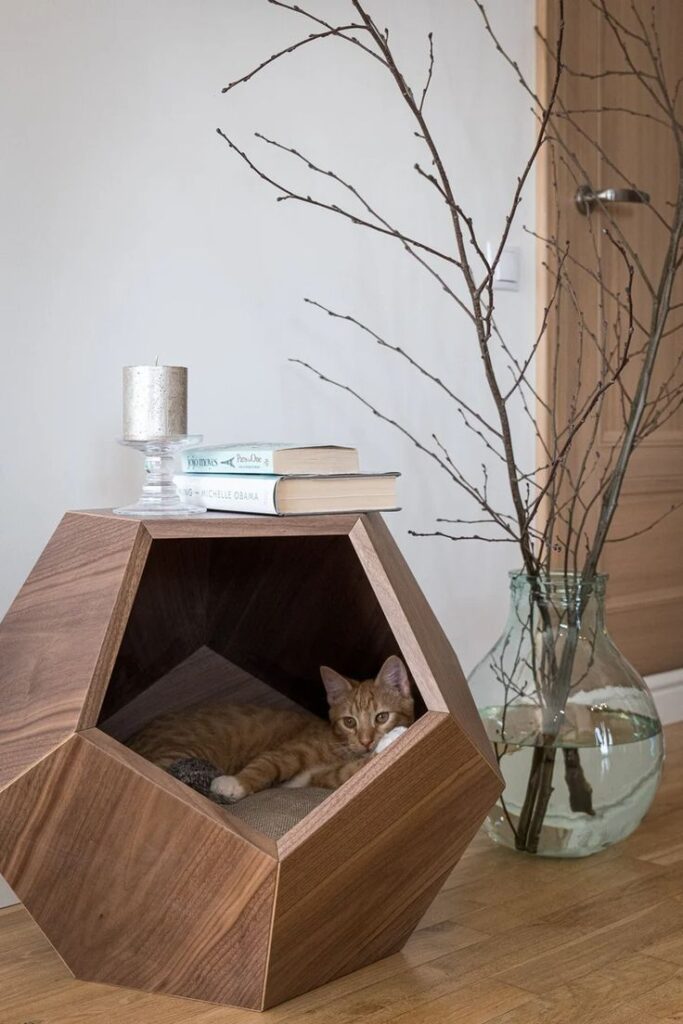
Custom furniture design means creating pieces that are tailor-made. Designers work with clients to choose size, shape, materials, and finishes. Every detail can be adjusted, from wood type to cushion fabric.
The goal is to create furniture that fits a particular space and style. Custom pieces often solve problems where ready-made furniture cannot. It balances function, comfort, and style in one unique item.
Difference Between Custom and Ready-Made Furniture
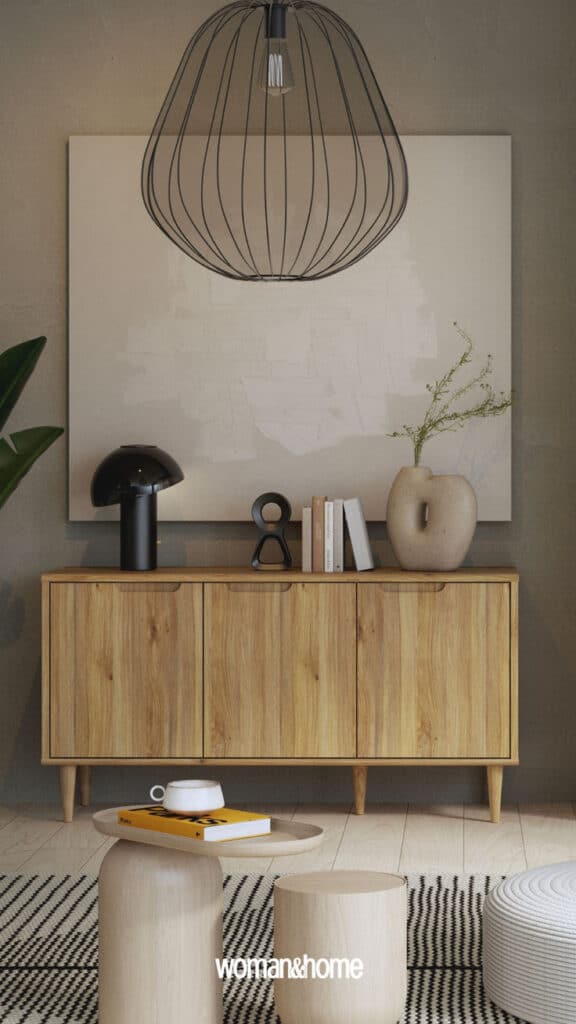
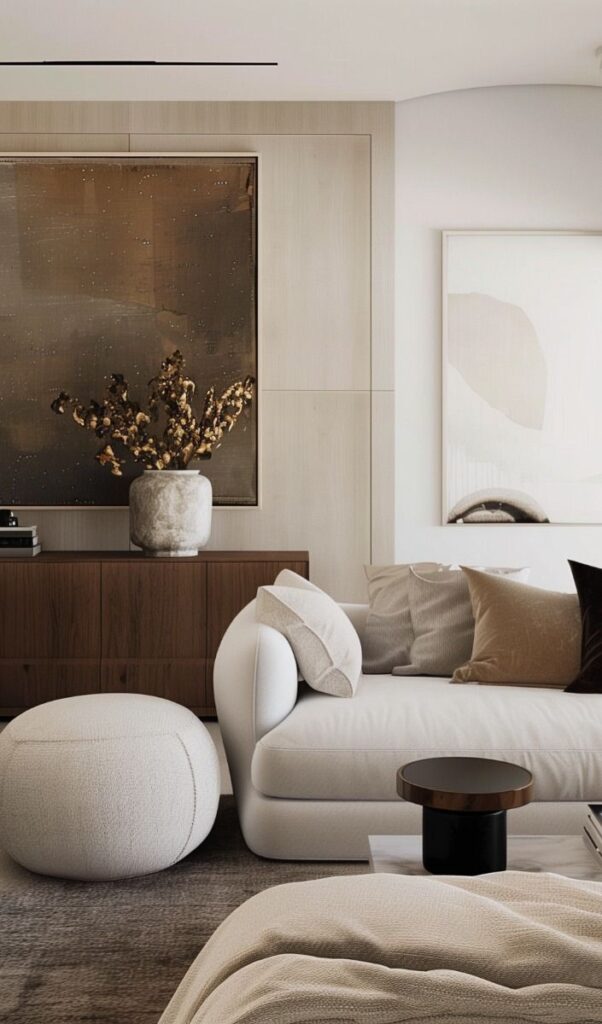
Ready-made furniture is mass-produced and available for quick purchase. It comes in standard sizes and styles that may not fit all spaces well.
Custom furniture is designed and built for a specific client. It ensures a precise fit and a unique look. Though it usually costs more and takes more time, it offers higher quality and personalization.
Common Types of Custom Furniture
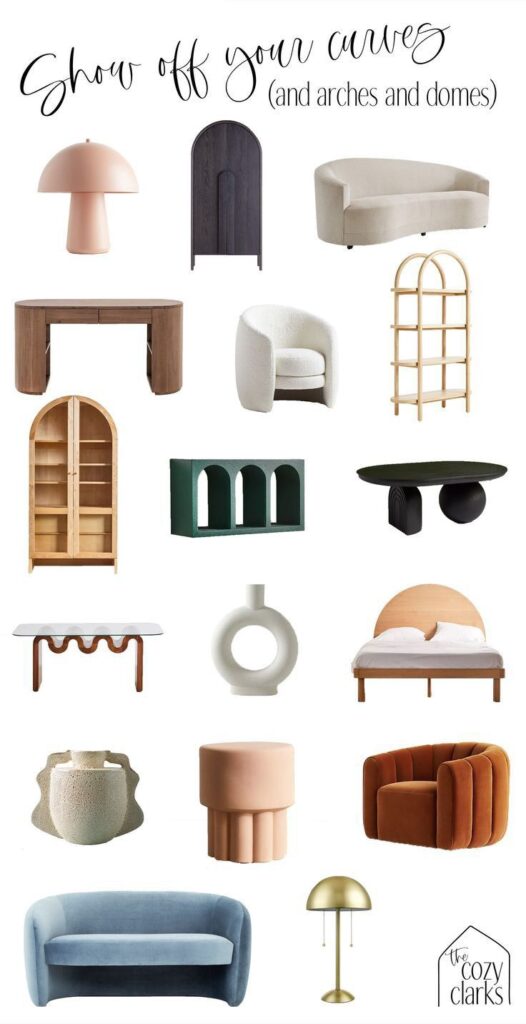
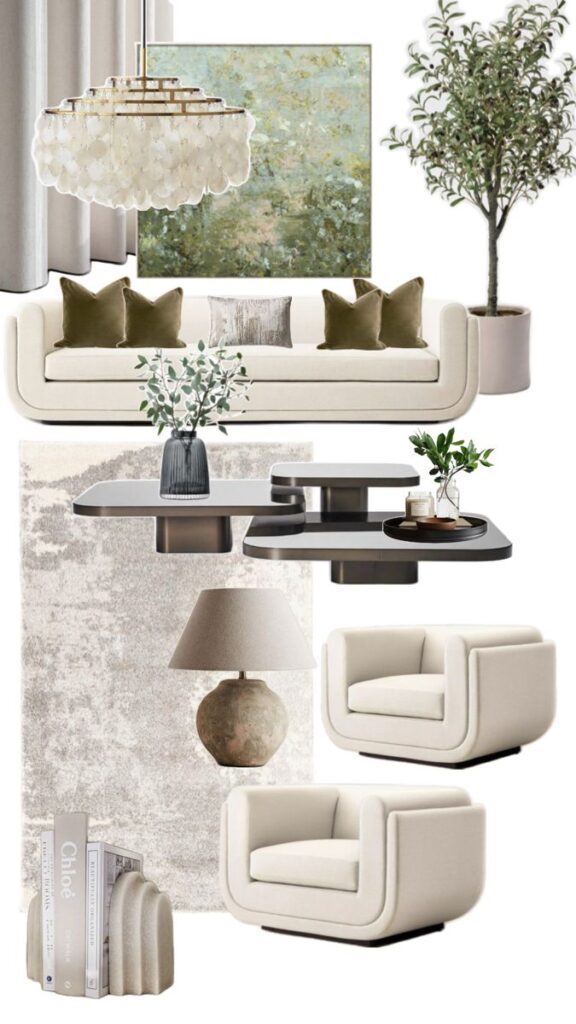
Popular custom furniture includes tables, cabinets, beds, and sofas. Clients often order built-in shelves or desks designed for odd-shaped rooms.
Other common types are custom dining sets and outdoor furniture designed for durability. Custom upholstery allows choosing exact fabrics and cushioning for chairs or sofas.
| Furniture Type | Customization Options |
|---|---|
| Tables | Size, shape, wood type, finish |
| Cabinets/Shelves | Dimensions, number of compartments, style |
| Upholstered pieces | Fabric, padding, frame material |
| Outdoor furniture | Weather-resistant materials, size, design |
Benefits of Custom Furniture Design
Custom furniture gives buyers control over style, size, and material. It fits specific needs better than ready-made pieces. This type of furniture also often lasts longer and uses space more efficiently.
Personalization Options
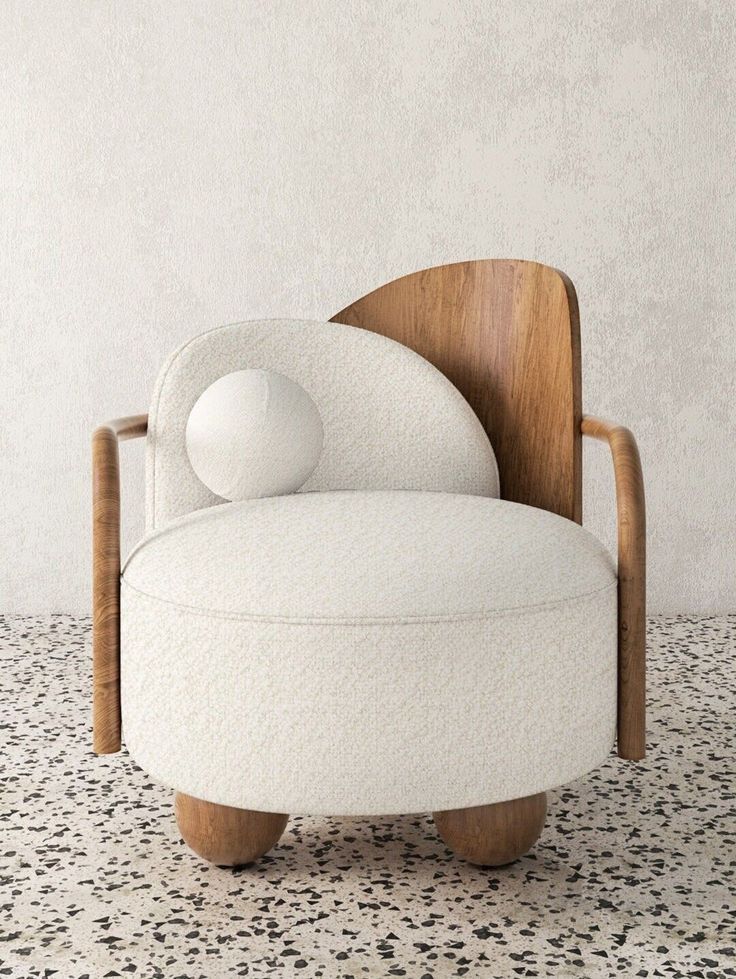
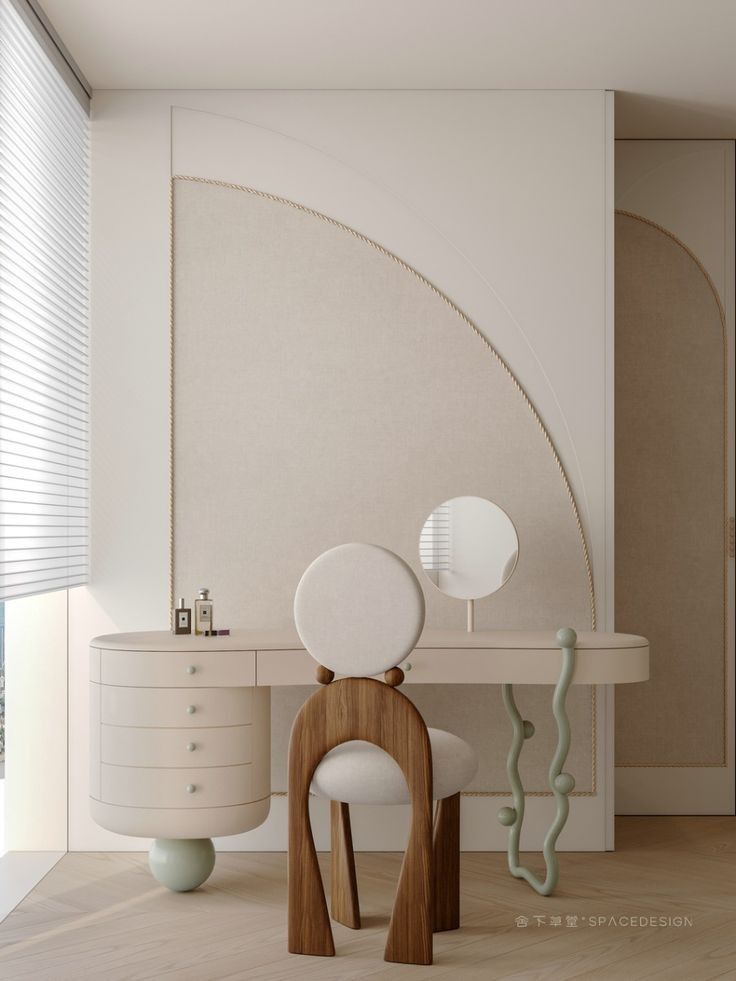
Custom furniture lets people choose exact colors, shapes, and finishes. They can match the furniture to their room’s style or color scheme.
Buyers can pick specific materials like types of wood or fabric. This ensures the furniture fits their taste and lifestyle.
Sizes are adjustable to fit unique spaces. This is important for rooms with odd shapes or small dimensions.
Overall, personalization means the furniture is unique and made just for the buyer’s needs.
Superior Quality and Craftsmanship
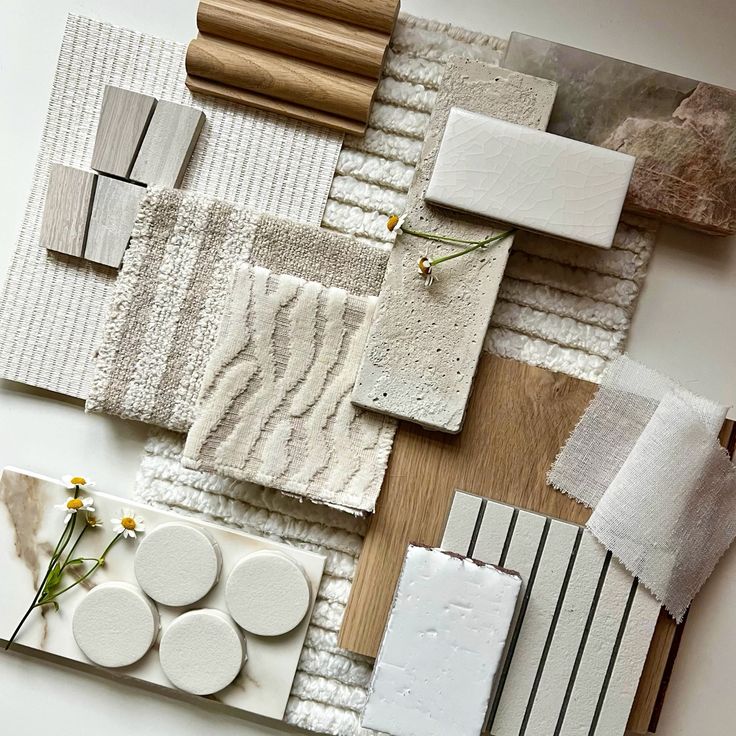
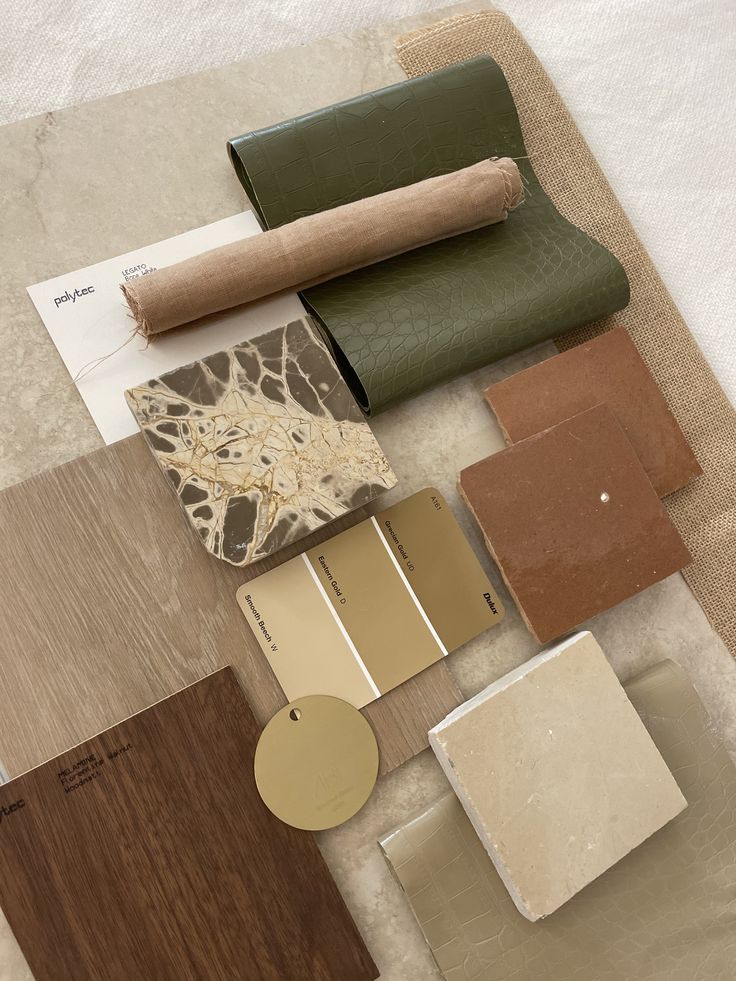
Custom furniture is often made by skilled artisans. They focus on details that mass-produced furniture misses.
High-quality materials are usually used, which improve the furniture’s strength. This reduces the chance of damage over time.
Craftsmen take time to join parts carefully. This means the furniture holds together better under use.
The result is a piece that looks and feels well-made, not rushed or cheap.
Optimized Space Utilization
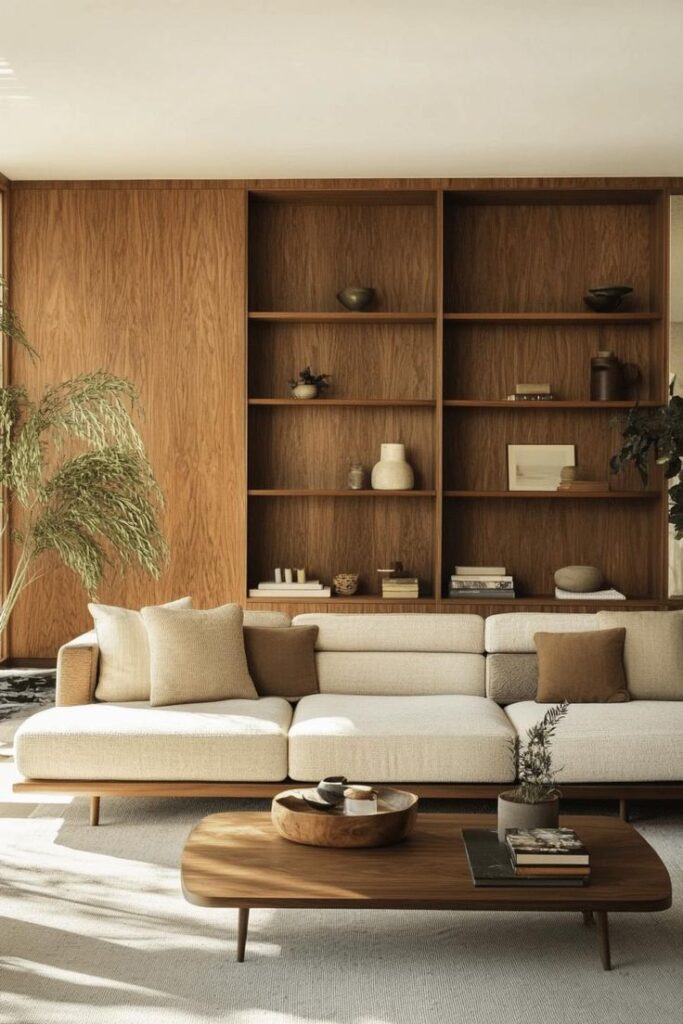
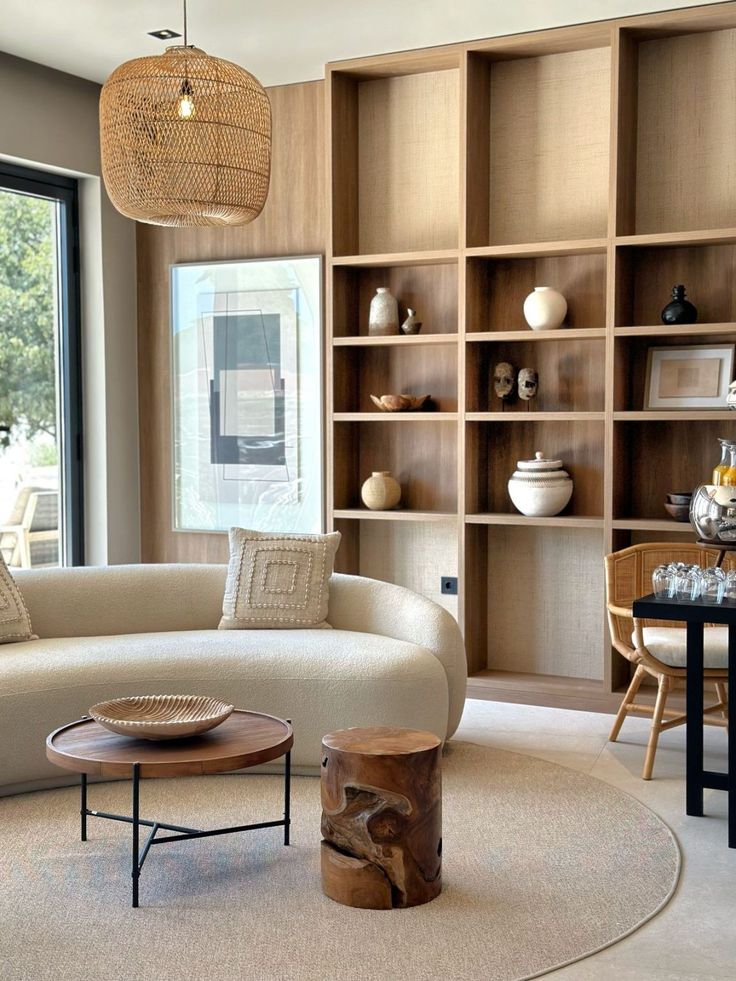
Custom pieces fit exactly where they are needed. This helps rooms use every inch without clutter.
Furniture can be designed to include storage where no standard furniture would fit. For example, built-in shelves or drawers.
It works well in tight spaces like apartments or oddly shaped rooms. This improves function and keeps spaces neat.
This tailored fit makes homes feel more open and organized.
Enhanced Longevity
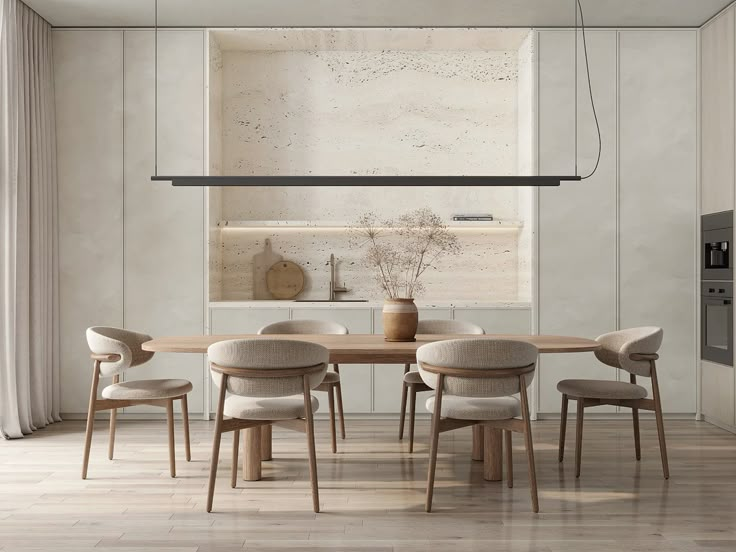
Custom furniture is built to last longer than mass-produced items. The selected materials are often more durable.
The strong joints and careful construction resist wear and tear over years.
Repairing custom pieces is usually easier since they are made with quality parts.
Long-lasting furniture means fewer replacements and less waste over time.
Custom Furniture Design Process
The process starts with understanding the client’s needs and style preferences. Next, selecting the right materials and finishes ensures durability and aesthetic appeal. Finally, approving the design and creating prototypes helps confirm the final product meets expectations.
Initial Consultation and Needs Assessment

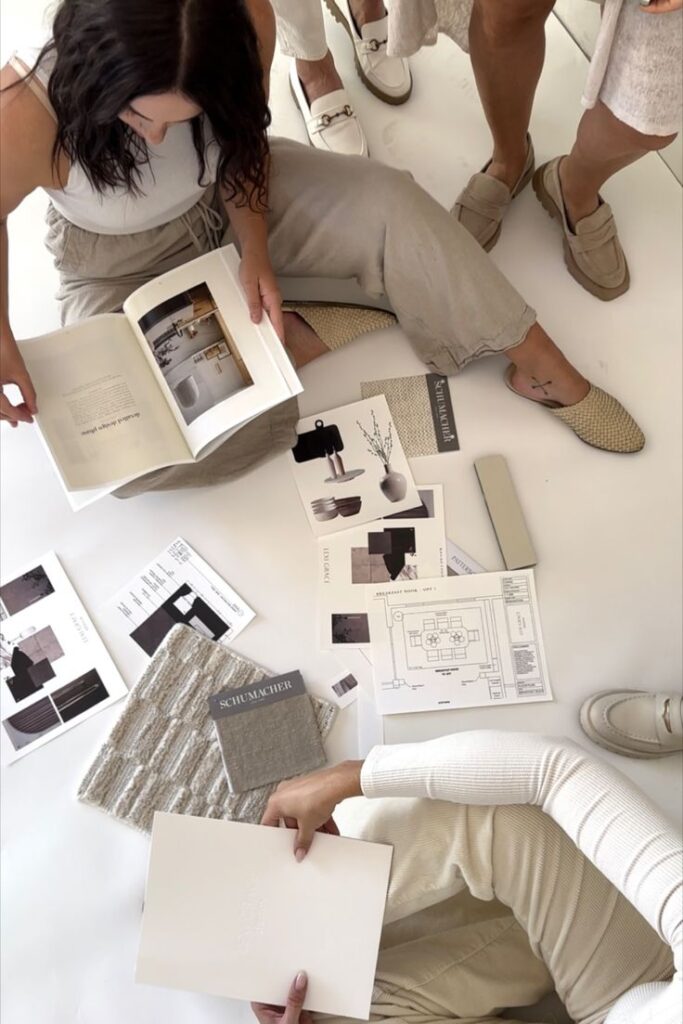
The designer meets with the client to discuss the furniture’s purpose, size, and style. They ask about the room’s layout, colors, and the client’s daily use of the piece.
Measurements and budget are confirmed to guide the design. This step ensures the furniture fits both space and function needs.
Clear communication at this stage helps avoid misunderstandings later. The designer may sketch rough ideas to visualize initial concepts.
Material and Finish Selection
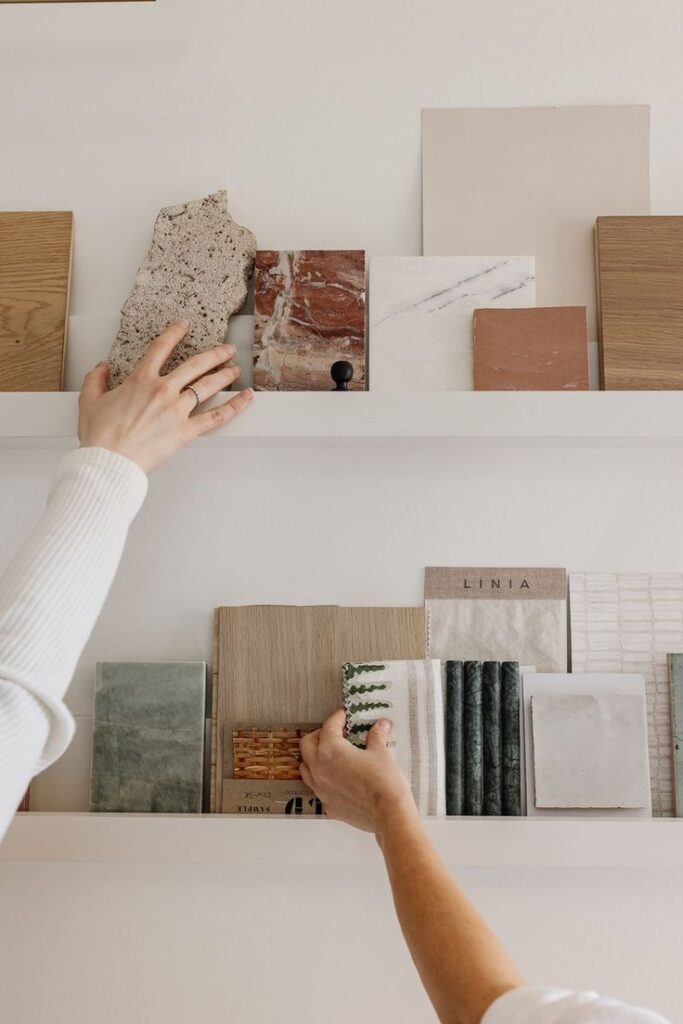
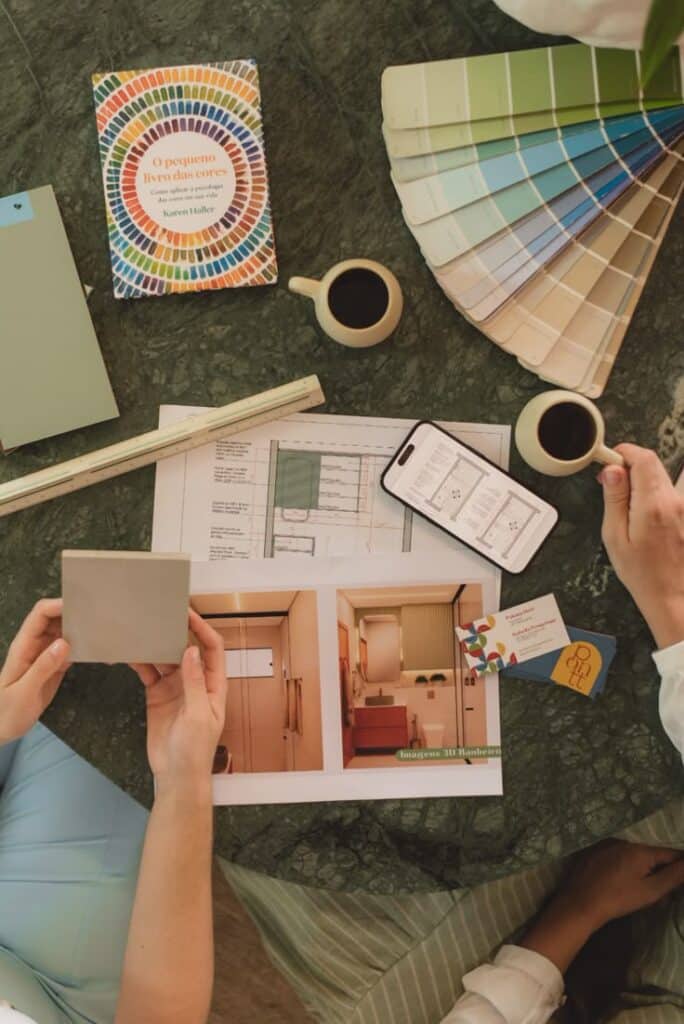
Choosing the right materials affects furniture strength and look. Woods like oak and maple are popular for durability. Metals and glass might be chosen for modern styles.
Finishes protect the surface and enhance beauty. Options include stains, paints, and varnishes. Each finish suits different needs and rooms.
Clients often receive samples to compare textures and colors. This helps them pick something that fits their home and lifestyle.
Design Approval and Prototyping
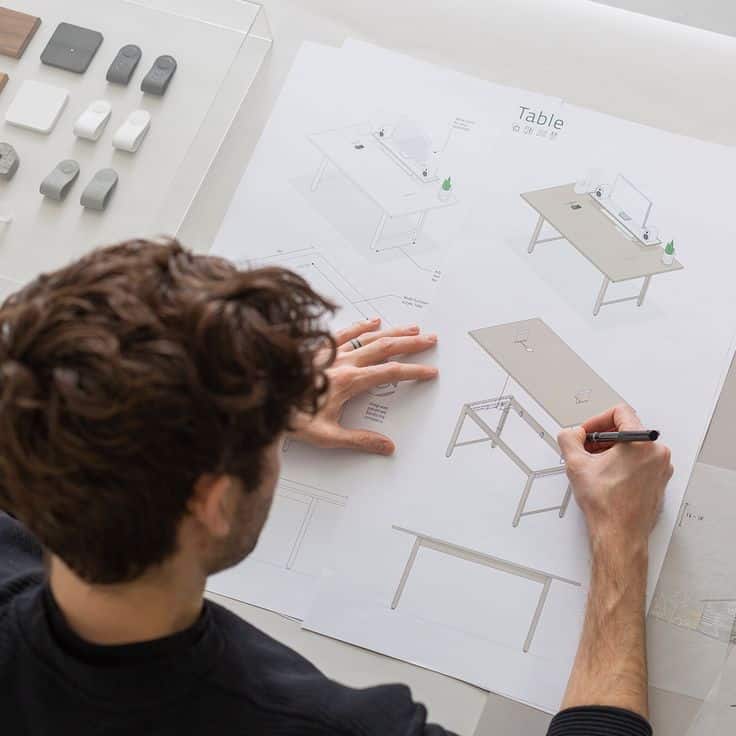
Once the design details are locked, the client reviews detailed drawings or 3D models. This allows checking dimensions and style before making the piece.
After approval, a prototype or sample may be built. It shows how the final furniture will look and feel.
Adjustments can be made to improve comfort or functionality. This step reduces the chance of errors in the final build.
Popular Styles in Custom Furniture
Custom furniture offers many styles to match different tastes and needs. Some focus on clean lines and simplicity, while others highlight detailed craftsmanship and rich finishes. Mixing styles or updating classic looks creates unique and personal pieces.
Modern and Contemporary Designs
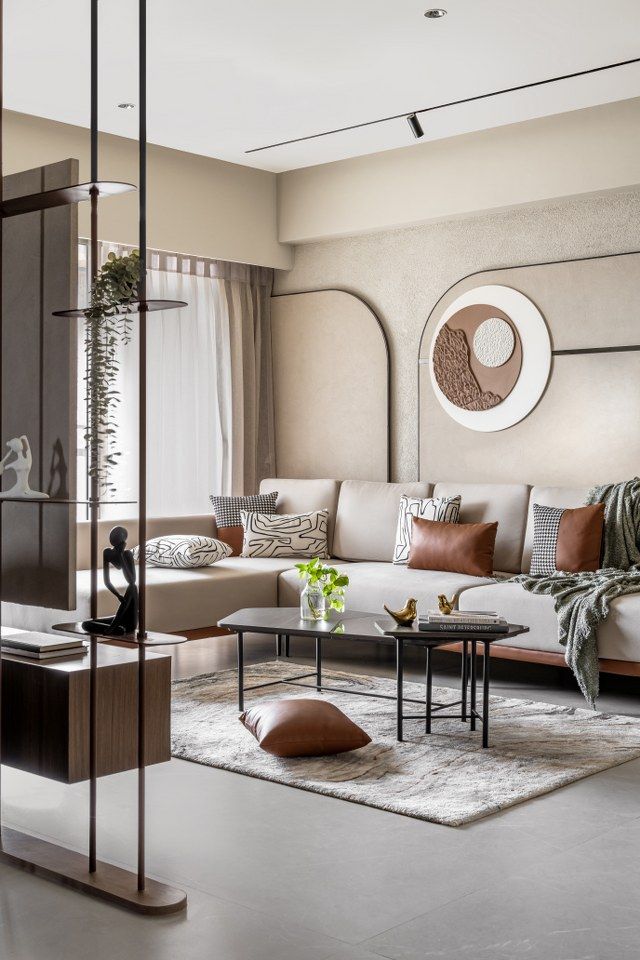
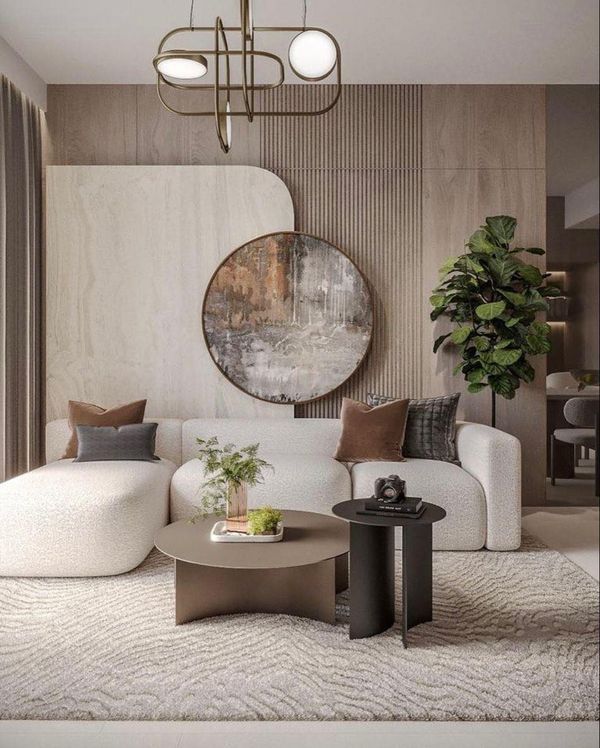
Modern custom furniture focuses on simplicity and function. It often uses materials like metal, glass, and polished wood. Clean lines and smooth surfaces give it a sleek appearance.
The designs avoid extra decoration. Instead, they emphasize open space and practicality. Neutral colors like white, black, and gray are common, sometimes with bold accent colors.
Contemporary furniture updates modern styles with current trends. It may include curved shapes or new materials like acrylic. This style fits homes with minimalist or industrial decor.
Traditional and Classic Approaches
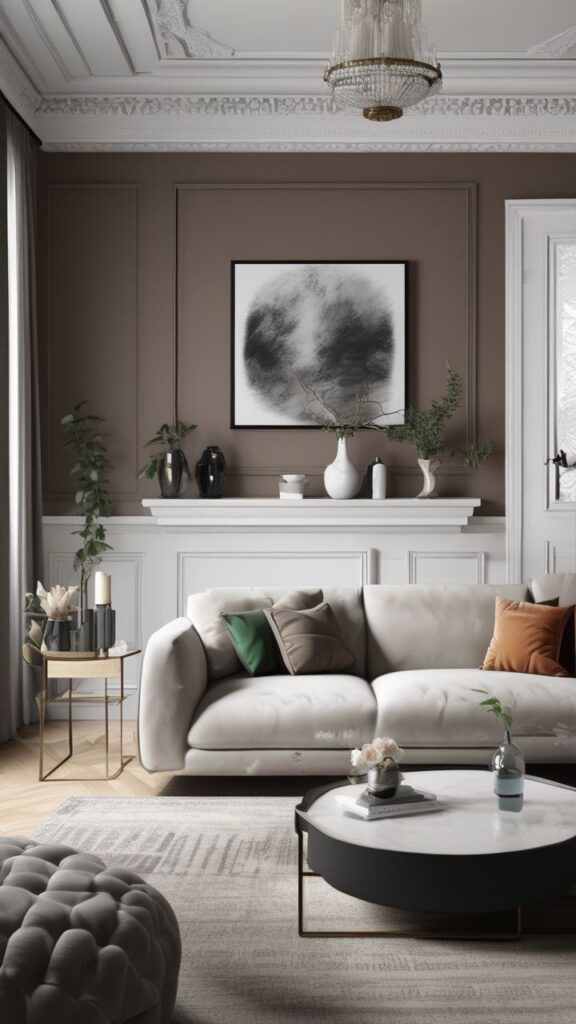
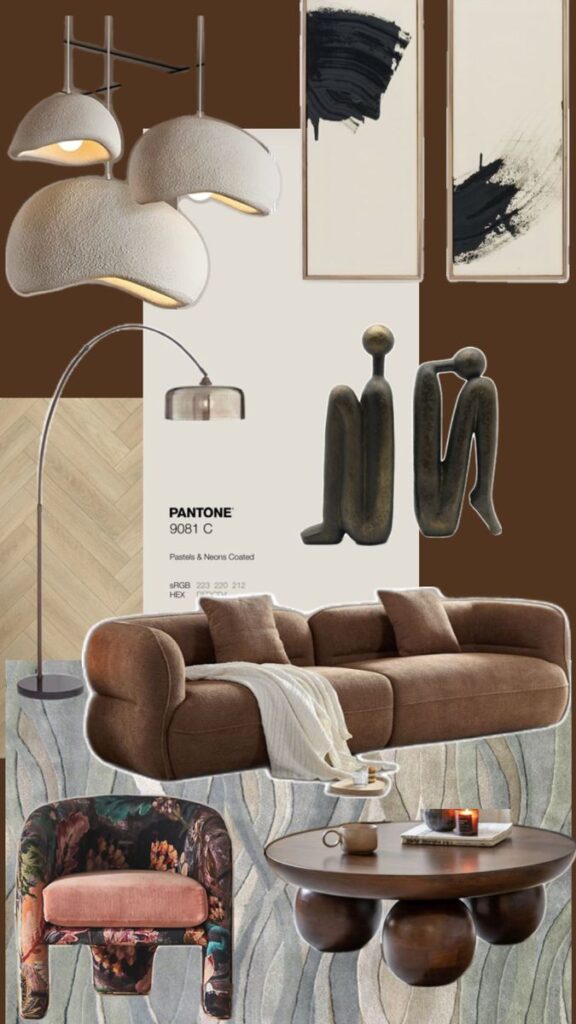
Traditional custom furniture uses rich woods such as mahogany and cherry. It features detailed carvings, ornate legs, and elegant hardware. This style often reflects historic European influences.
The designs focus on symmetry and luxury. Upholstered pieces often include patterns like florals or damask. Deep, warm colors like burgundy and dark green are popular.
Classic furniture suits formal rooms, such as dining or living rooms. It suits those who prefer timeless, enduring styles with a sense of history.
Transitional and Eclectic Styles
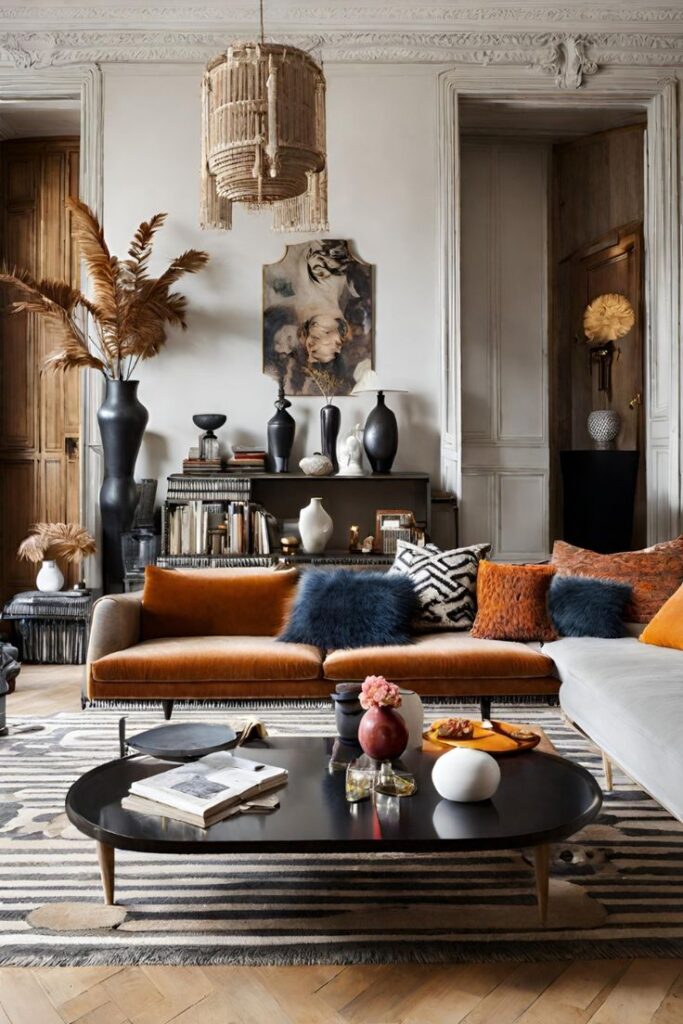
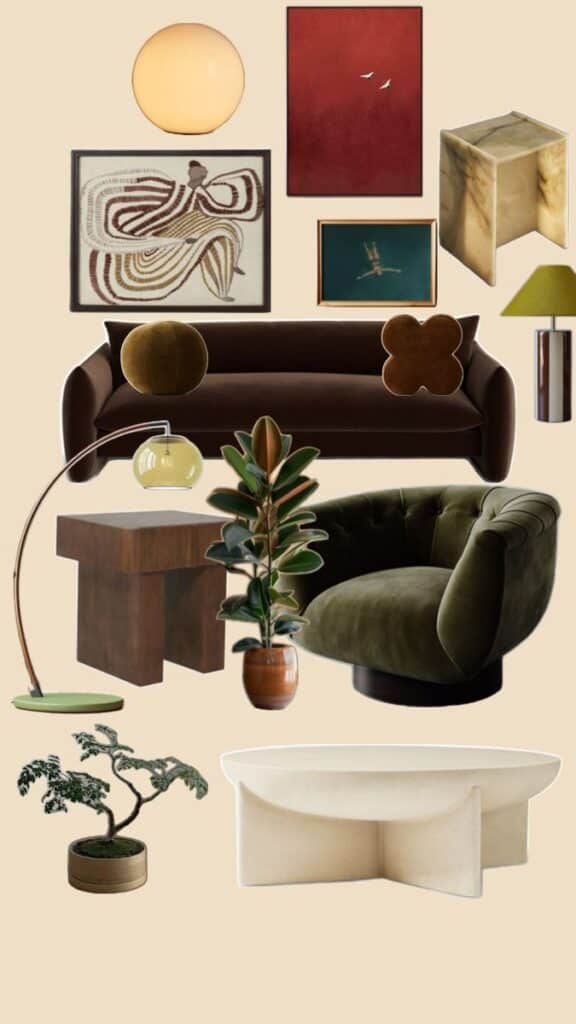
Transitional furniture blends traditional and modern elements. It balances detailed craftsmanship with simpler shapes. This creates a fresh but familiar look.
Materials often combine wood and metal, or soft fabrics with sleek frames. Colors tend to be neutral with gentle contrasts, such as beige paired with black.
Eclectic styles mix influences freely, combining colors, textures, and shapes from many sources. Custom pieces in this style express personality and creativity. They fit well in spaces that value uniqueness and variety.
| Style | Key Features | Common Materials | Typical Colors |
|---|---|---|---|
| Modern | Clean lines, minimal decoration | Metal, glass, polished wood | White, black, gray |
| Traditional | Ornate details, symmetry | Mahogany, cherry wood | Burgundy, dark green |
| Transitional | Blend of old and new | Wood, metal, fabric | Neutral tones |
| Eclectic | Mix of styles and textures | Various | Varied and bold |
Materials Used in Custom Furniture
Custom furniture involves careful material choices based on durability, appearance, and function. The mix of wood types, metal, glass, and fabric creates unique pieces suited to different needs and styles.
Solid Wood and Engineered Wood
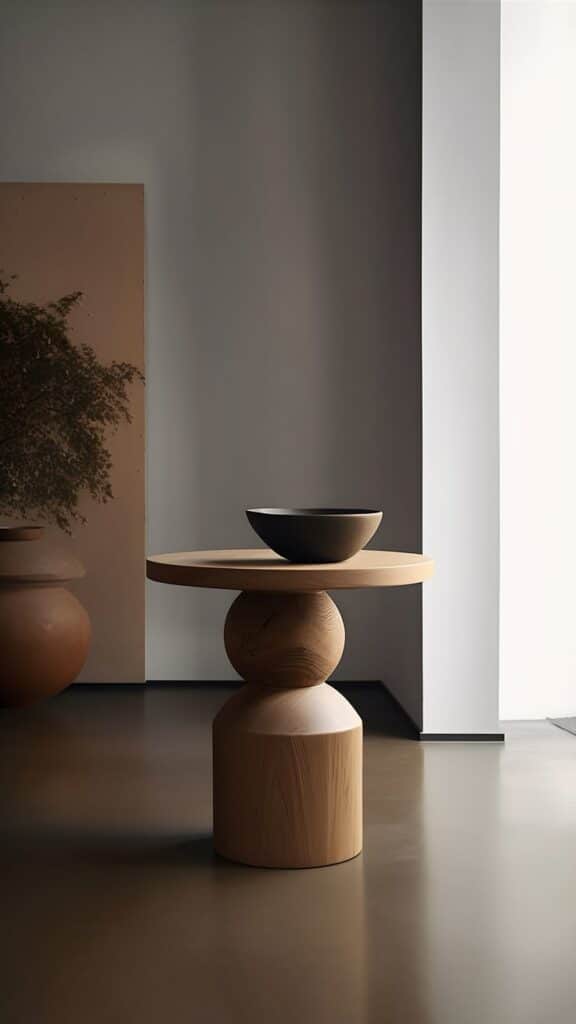
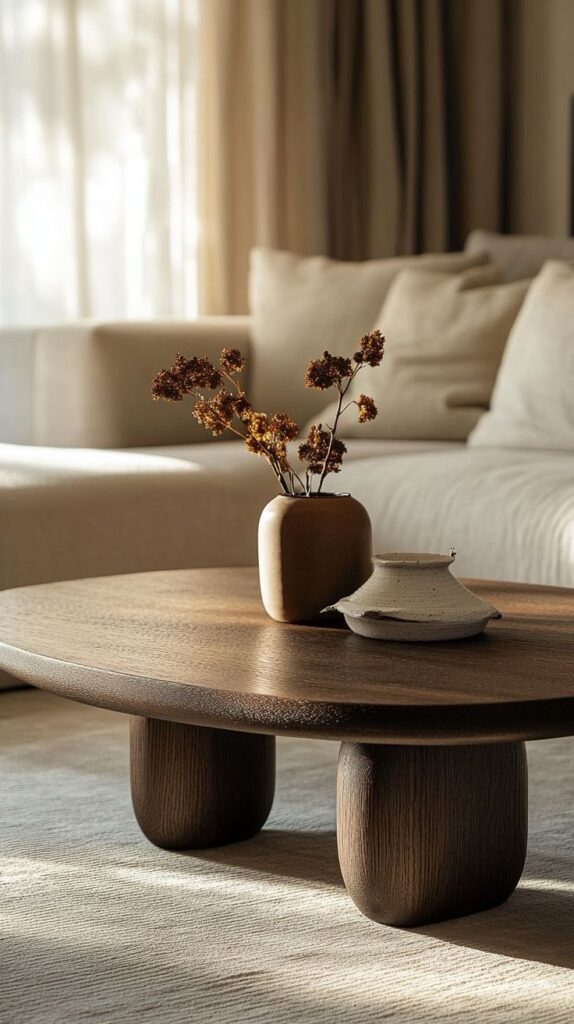
Solid wood is prized for strength and natural grain patterns. Common choices include oak, maple, walnut, and cherry. These woods offer durability but vary in hardness and color.
Engineered wood like plywood and MDF is made by gluing layers or particles. It is more stable and less likely to warp. These materials are often used for hidden parts or cost-saving without losing strength.
Wood finishes affect the look and protection. Stains and sealants enhance color and guard against moisture.
Metal and Glass Incorporation
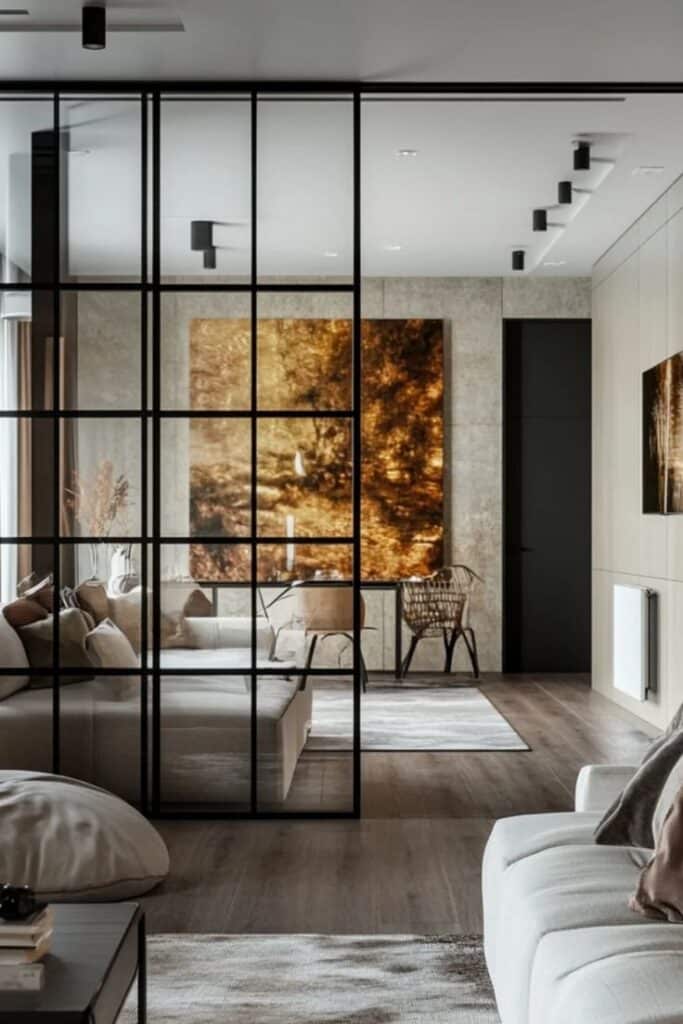
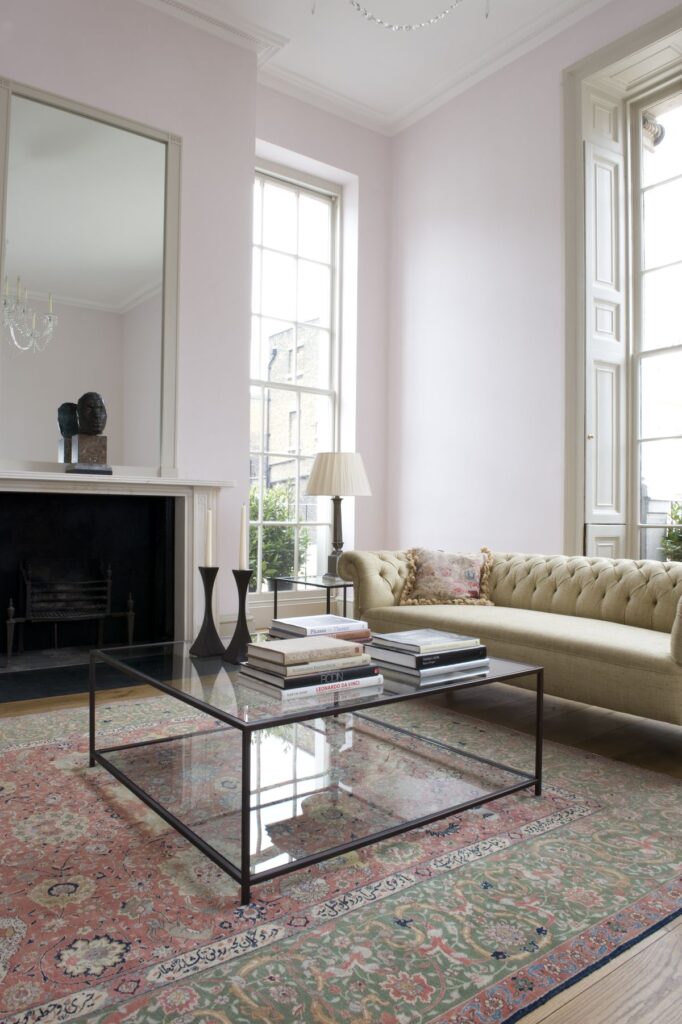
Metal is popular for frames and accents. Steel, aluminum, and iron are used for strength and style. Metal can be powder-coated, brushed, or polished for different finishes.
Glass adds lightness and a modern touch. Tempered glass is typical because it is stronger and safer if broken. It is often combined with wood or metal for tabletops or cabinet doors.
Both materials are easy to clean and maintain, making them practical for custom designs.
Upholstery and Fabric Choices
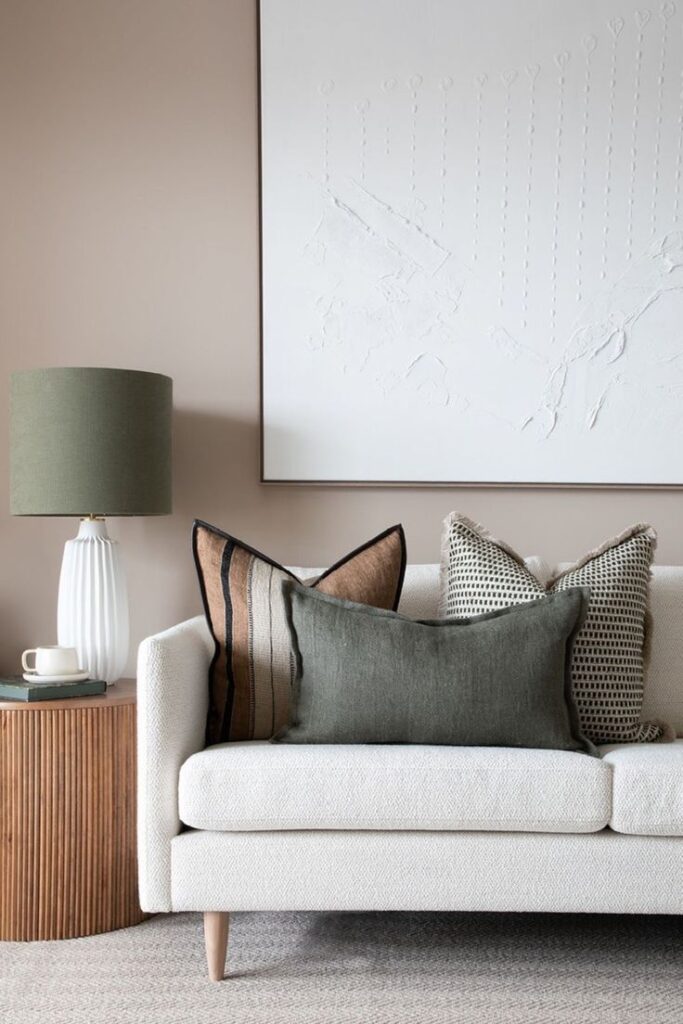
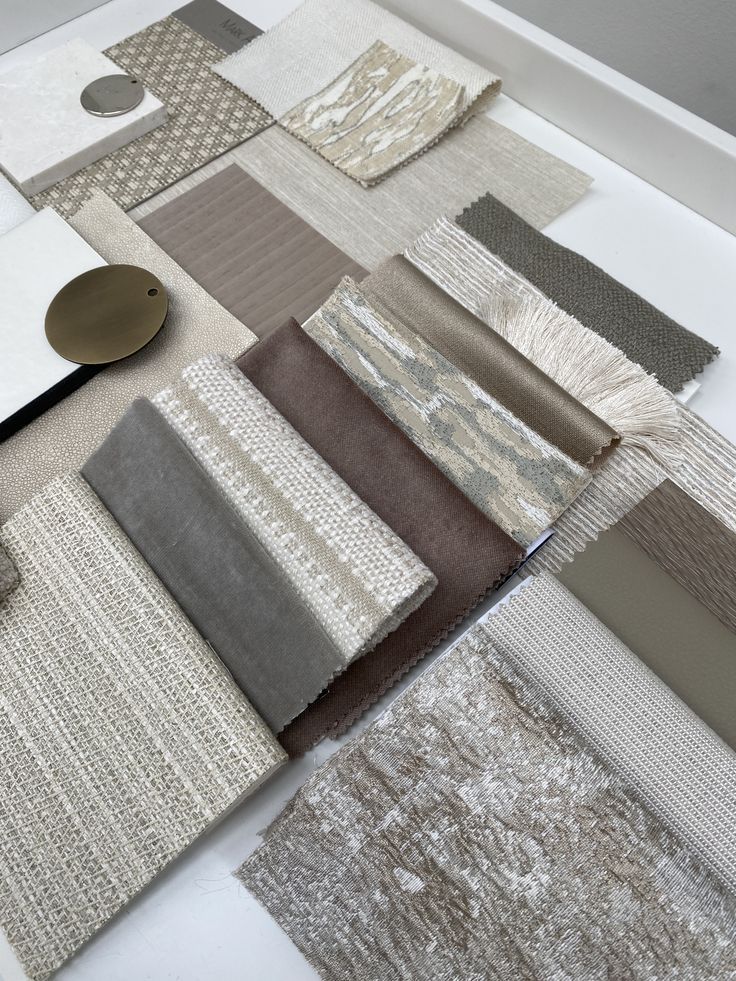
Upholstery fabrics impact comfort and appearance directly. Common types include cotton, linen, leather, and synthetic blends.
Leather is durable and easy to clean but can be pricey. Cotton and linen offer breathability and softness but may stain more easily.
Fabric durability is measured by rub tests, indicating how well it resists wear. Color and pattern choices depend on taste and room design.
Padding materials like foam or down add comfort and support beneath the fabric.
Collaborating With Designers and Artisans
Working closely with skilled designers and artisans helps turn ideas into custom furniture. Clear communication, careful review of portfolios, and setting realistic budgets and expectations are key parts of this process.
Communicating Your Vision

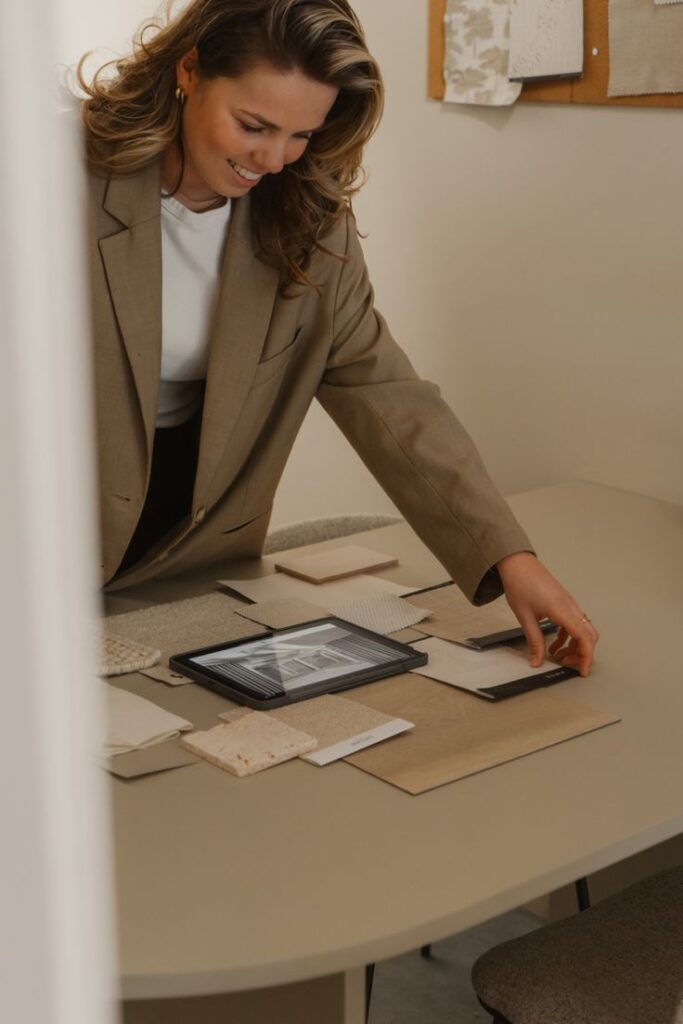
It is important to share detailed ideas and preferences early. Using images, sketches, or mood boards helps explain what the client wants in style, size, and materials. Clear communication prevents misunderstandings.
Clients should be honest about how they plan to use the furniture and where it will go. This information guides design choices like durability and dimensions. Asking questions and providing feedback during discussions keeps the project on track.
Evaluating Designer Portfolios
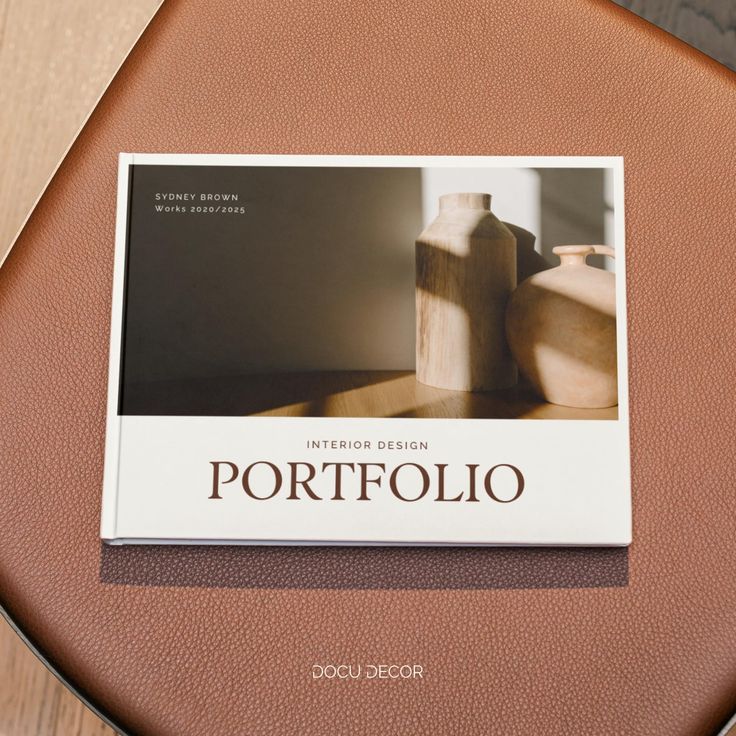
Looking at past work shows a designer’s style and skill. Portfolios reveal how well they handle different wood types, finishes, and forms. It’s helpful to check for consistency and quality in craftsmanship.
The client should also review testimonials or reviews to understand the designer’s professionalism and reliability. Comparing multiple portfolios helps identify the best match for the project’s aesthetic and technical needs.
Setting Budgets and Expectations

Agreeing on a budget early avoids surprises. The budget should cover materials, labor, and any extra costs like shipping or special finishes. Designers can suggest options to stay within limits.
Clear expectations about timelines help both sides plan well. Discussing changes and how they affect cost or schedule is important. Written agreements protect everyone and make sure all details are understood.
Custom Furniture for Different Spaces
Custom furniture helps fit specific needs and styles in various rooms. It offers tailored solutions to match space size, function, and personal taste. Each room benefits from different types of designs and features.
Living Room Solutions
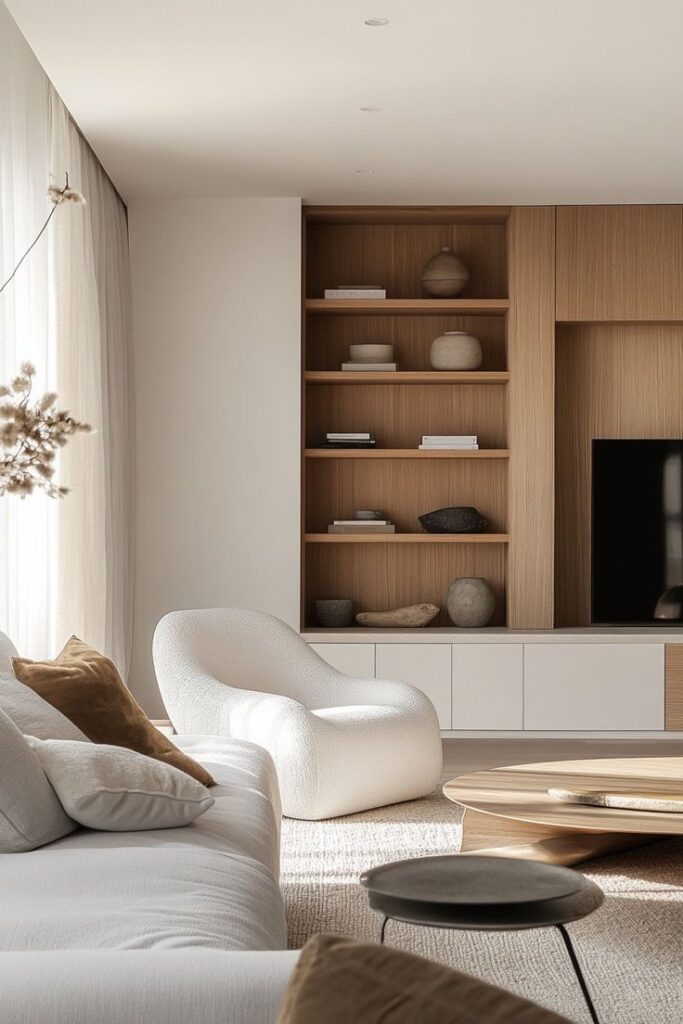
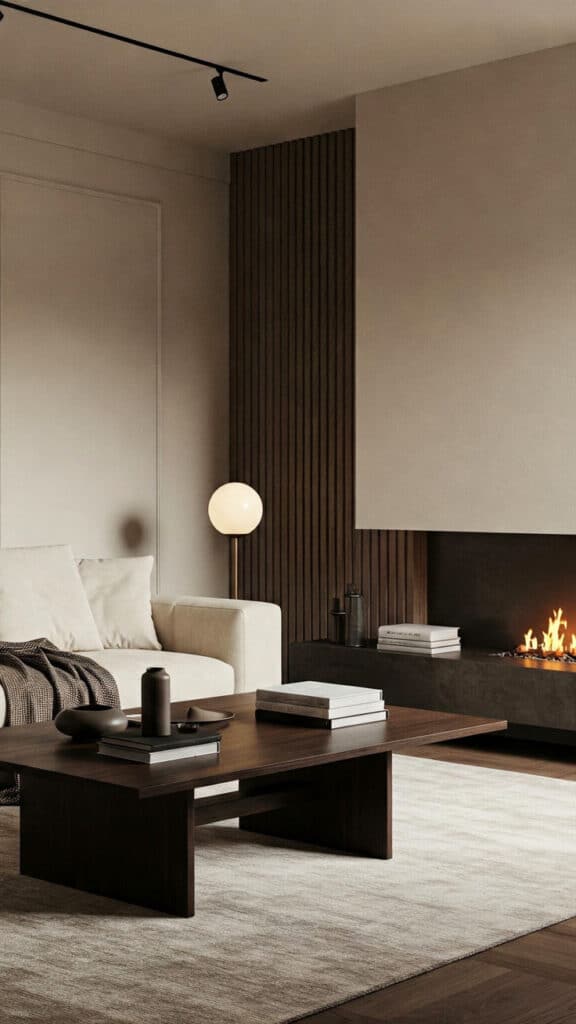
In the living room, custom furniture focuses on comfort and maximizing space. Sectional sofas can be designed to fit odd corners or room shapes, giving more seating without clutter. Coffee tables with built-in storage or adjustable heights help keep the area organized.
Media units tailored to wall dimensions can hold a TV, books, and electronics neatly. Materials and colors are chosen to match the room’s style, whether modern, traditional, or rustic. Upholstery options allow for easy cleaning and durability, especially for busy households.
Bedroom Furnishings
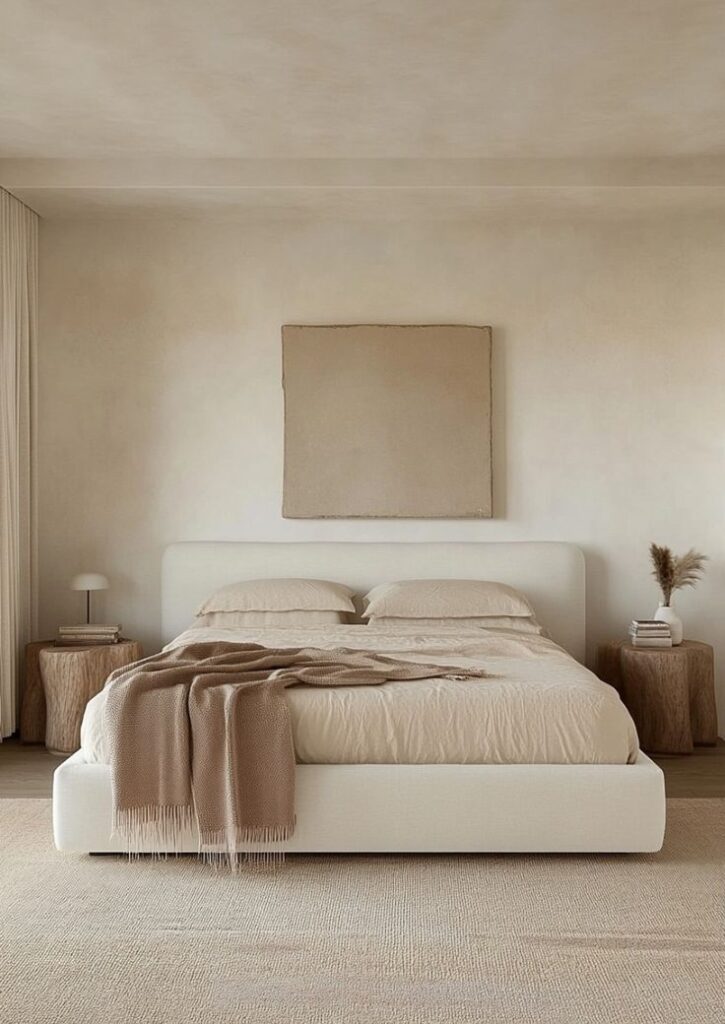
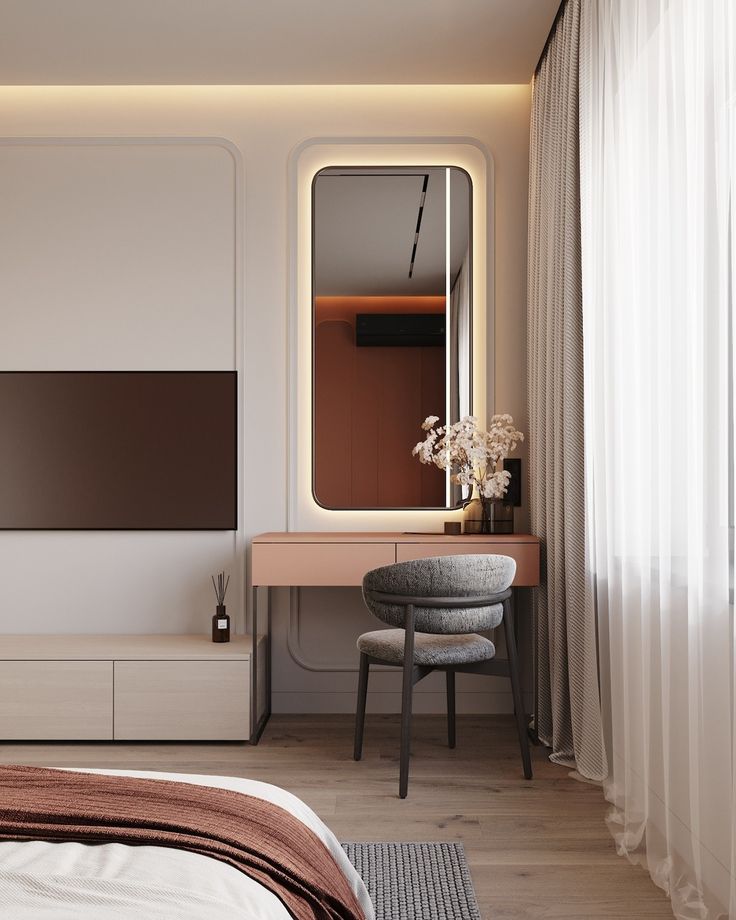
Bedrooms benefit from custom beds, dressers, and nightstands that fit limited space. Custom beds can include storage drawers underneath or built-in shelves. This is ideal for small rooms or for extra storage.
Dressers and closets can be designed to suit specific clothing types or accessories. Custom nightstands can hold electronics, lamps, or books at reachable heights. Colors and finishes match the bedroom’s décor, creating a calm and organized environment.
Home Office Essentials
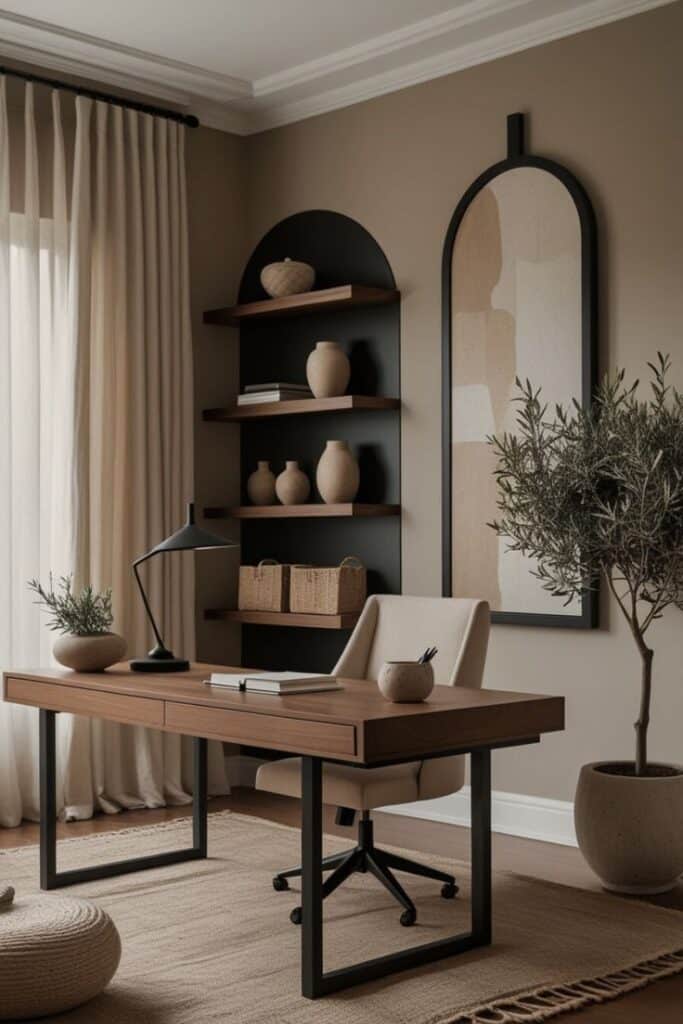
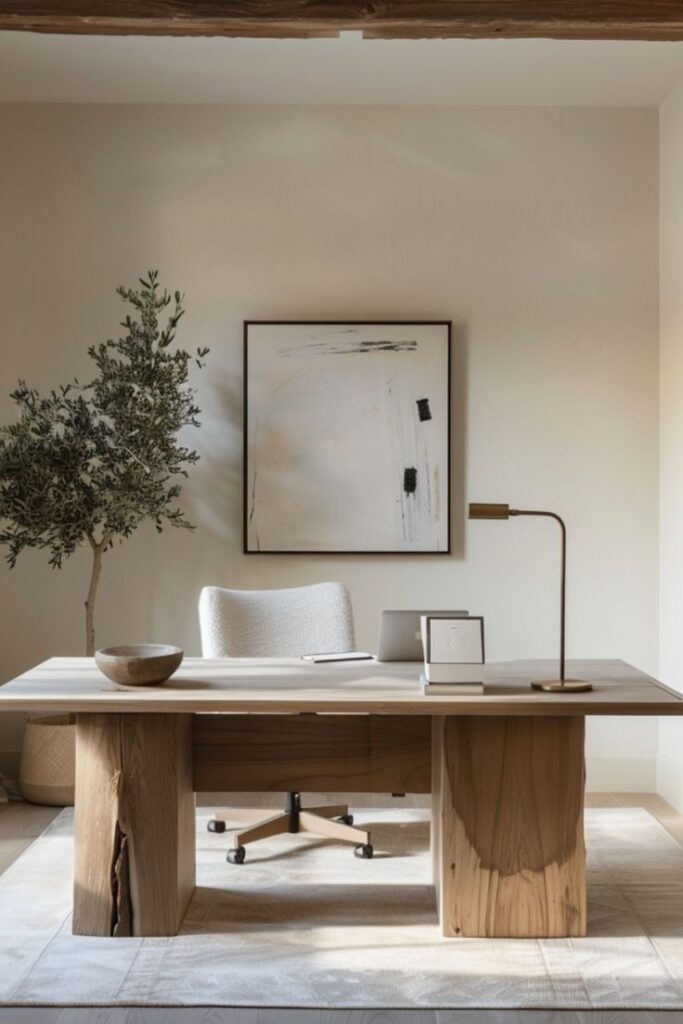
Custom desks and shelving in home offices improve productivity and comfort. Desks can be sized to fit into unused corners or narrow spaces while providing enough work area. Adjustable height desks add ergonomic flexibility.
Shelving and cabinets are designed to store supplies, files, and equipment for easy access. Cable management features keep cords neat and out of sight. Materials focus on durability and work well with the home’s style to keep the office inviting and efficient.
Customization Trends and Innovations
Custom furniture design now includes new ways to improve both the environment and technology. These new methods help buyers get pieces that fit their lifestyle and values.
Sustainable and Eco-Friendly Practices
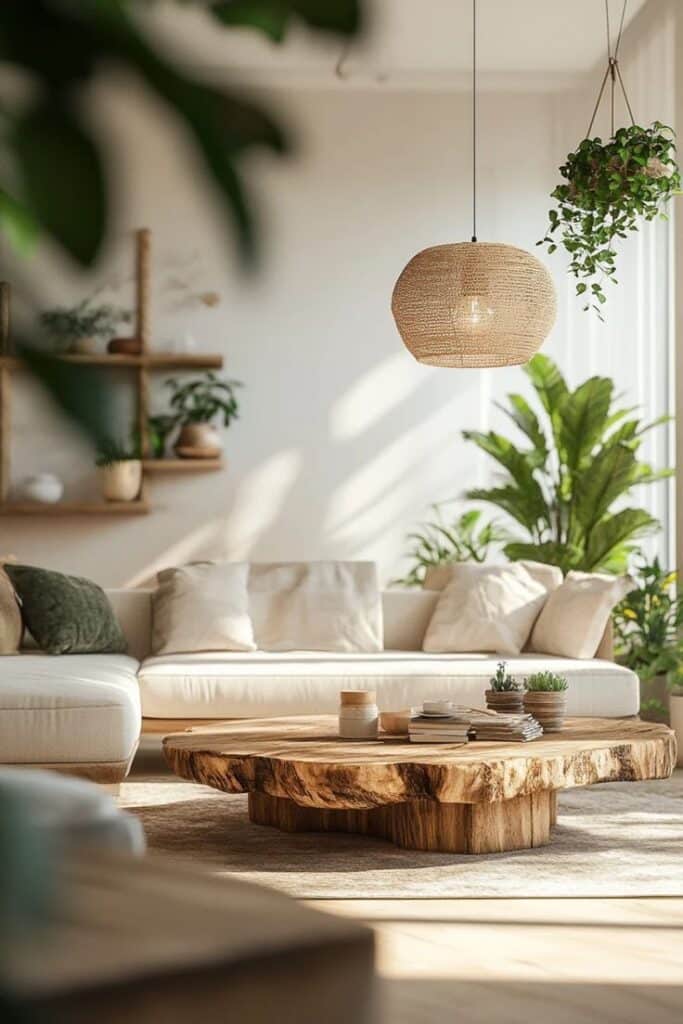
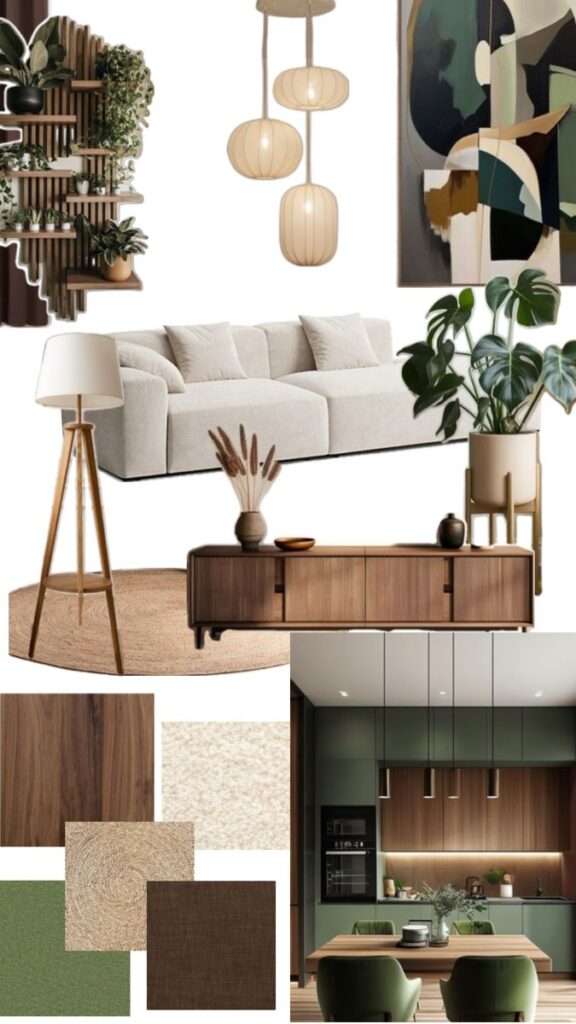
More designers use natural, recycled, or renewable materials. Woods like bamboo and reclaimed oak are popular because they grow fast or reuse old resources. Finishes without harmful chemicals protect both the user and the planet.
Factories also cut waste by making parts to order. This reduces leftover inventory. Some brands let customers return old furniture to be recycled or refurbished.
Designers may offer modular pieces. These can be updated or changed instead of thrown away. This approach helps reduce landfill waste and encourages long-term use.
Smart Furniture Features
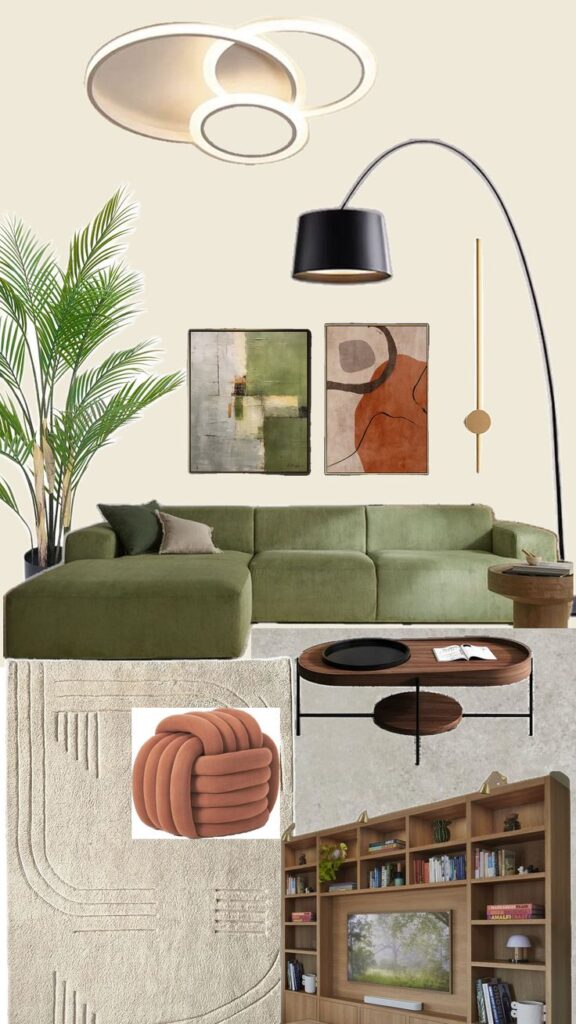
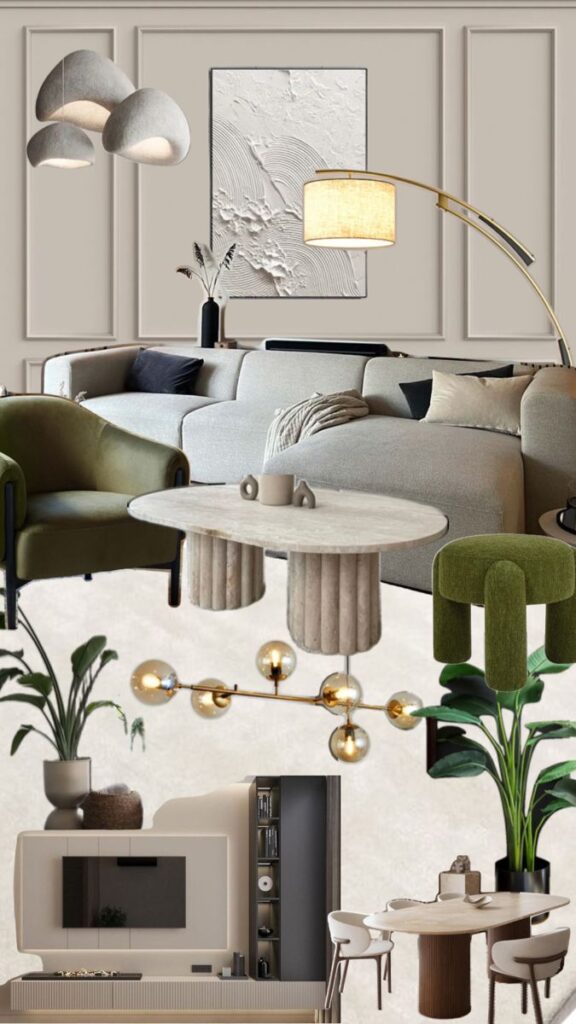
Smart furniture combines technology with design. Some desks have built-in wireless chargers, LED lights, or Bluetooth speakers.
Other pieces adjust automatically. For example, ergonomic chairs or tables can change height or firmness with a remote or app.
Storage furniture can track items with RFID tags or offer hidden charging ports. Smart features make furniture more useful and improve comfort without extra clutter.
Care and Maintenance of Custom Furniture
Custom furniture requires specific care to keep it looking its best and lasting longer. Proper cleaning and protection help prevent damage, while timely repairs restore its original condition.
Cleaning and Protection Tips
Dust custom furniture regularly with a soft, dry cloth. Avoid using rough materials that can scratch the surface. For wood pieces, use a damp cloth followed by a dry one to avoid water damage.
Use furniture polish or wax designed for the specific material, but apply it sparingly to avoid buildup. Keep furniture away from direct sunlight and heat sources to prevent fading and warping.
Protect surfaces from spills by using coasters, placemats, or tablecloths. Clean up any liquid spills immediately to prevent stains or water marks. For upholstered furniture, vacuum regularly and use fabric protectors if recommended.
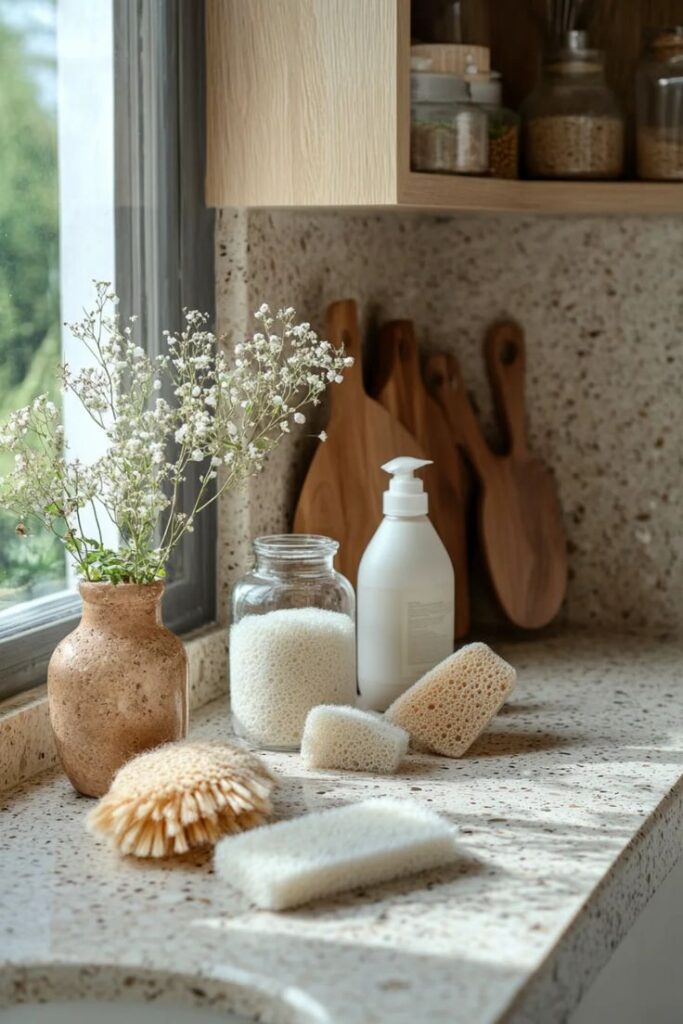
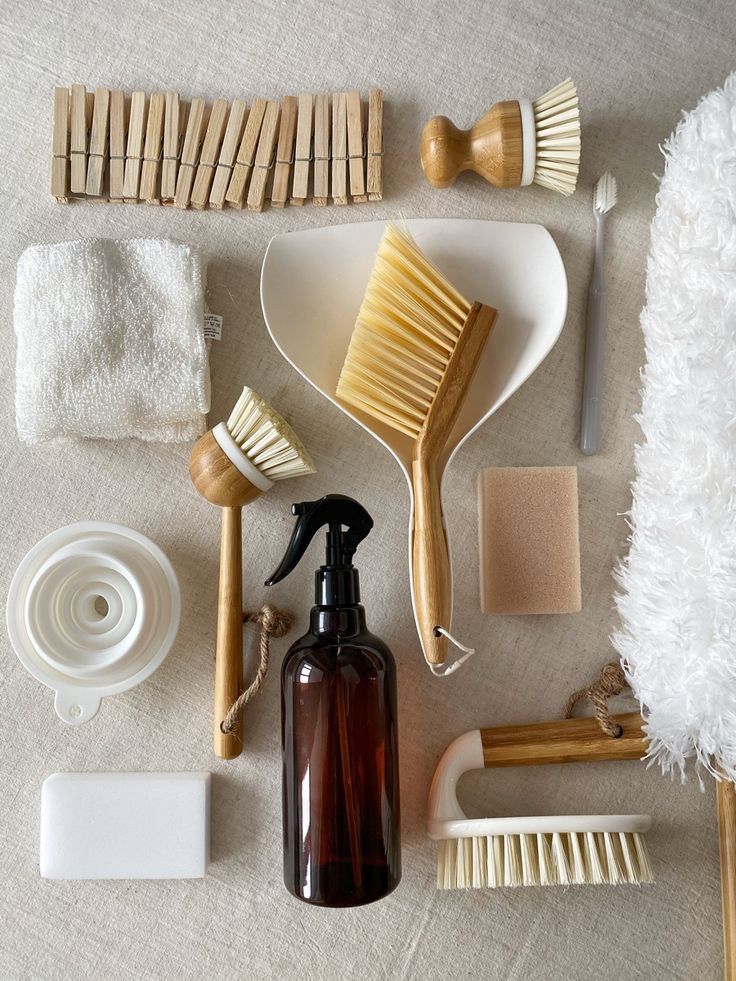
Repair and Restoration Advice
Small scratches or dents on wood can be fixed with wood filler or touch-up markers that match the finish. For deeper damage, professional sanding and refinishing may be necessary.
Loose joints or wobbly parts should be tightened or glued carefully to maintain stability. Upholstery tears or worn fabric can be repaired with patch kits or by reupholstering sections.
It is important to address damage early to avoid worsening. If unsure, consulting a professional furniture restorer is the safest option to preserve the piece’s quality and value.
How to Choose a Custom Furniture Maker
Choosing the right furniture maker involves looking carefully at their skills, materials, and experience. It also means asking clear questions to understand how they work and what to expect.
Key Criteria for Selection
Look for makers with experience in the style and type of furniture needed. Quality craftsmanship shows in smooth joints, sturdy frames, and neat finishes.
Check the materials used, like hardwood versus particleboard. Good makers offer options and explain the pros and cons clearly.
See if the maker can show previous work. Photos or a showroom visit help prove their skill and style match.
Also, consider their turnaround time and whether they stick to budgets. These details matter for planning and satisfaction.
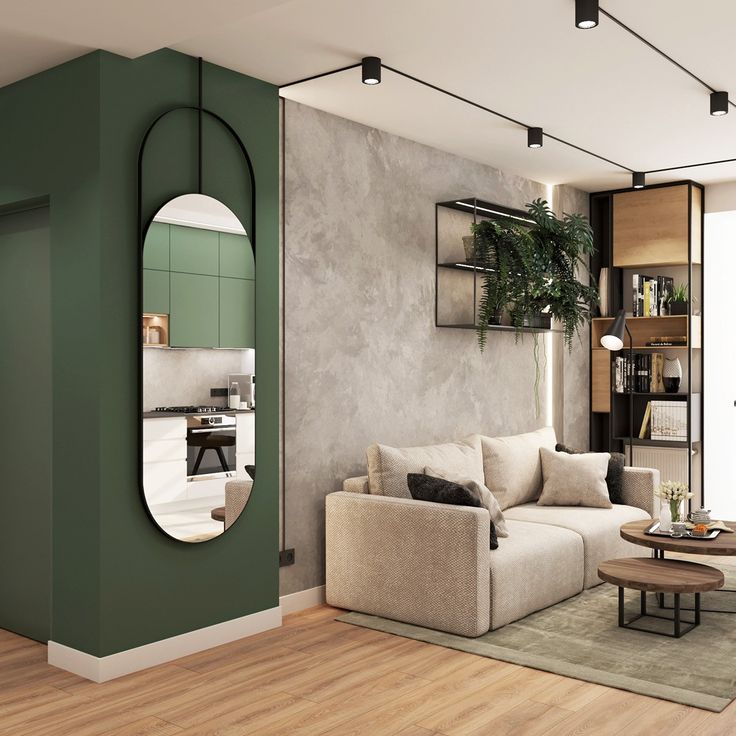
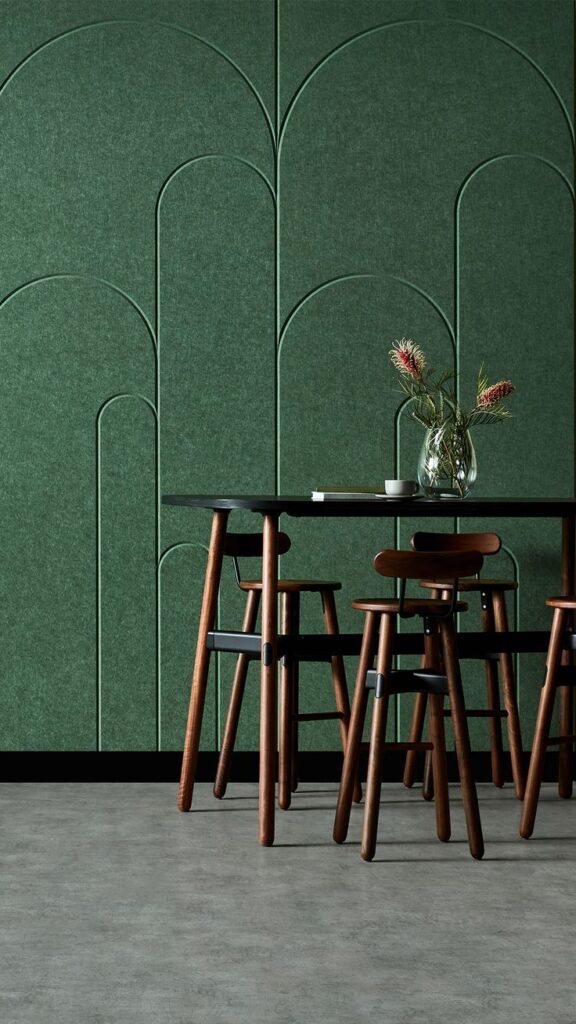
Questions to Ask Before Ordering
Here are important questions to ask:
- What is the estimated time to complete the piece?
- Can you provide a detailed cost estimate, including taxes and delivery?
- What type of wood or materials will be used?
- Do you offer design consultations or suggestions?
- How do you handle revisions or changes during the process?
- What is the warranty or satisfaction guarantee policy?
Getting clear answers avoids surprises and helps build trust before any work begins.
Budgeting for Custom Furniture Design
Budgeting for custom furniture involves knowing what drives the price and how to get the most for the money spent. Understanding key cost factors helps avoid surprises. Smart choices can stretch the budget without lower quality.
Factors Influencing Cost
Material choice has a big impact on cost. Hardwoods like oak or walnut cost more than softwoods or engineered wood. Fabric and leather selections for upholstery also affect the price.
Complex designs need more labor and time, which raises the cost. Custom features like built-in storage or unique shapes require skilled craftsmanship.
Size matters, too. Larger pieces use more materials and take longer to build. Finishes like paint or stain add steps and costs. Delivery and installation may add fees.
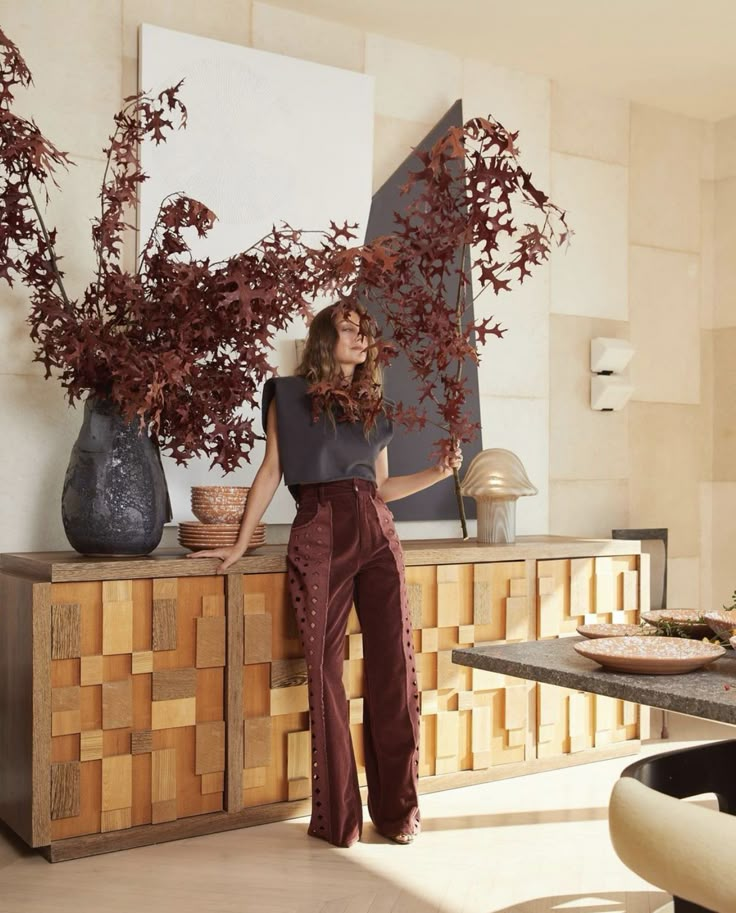
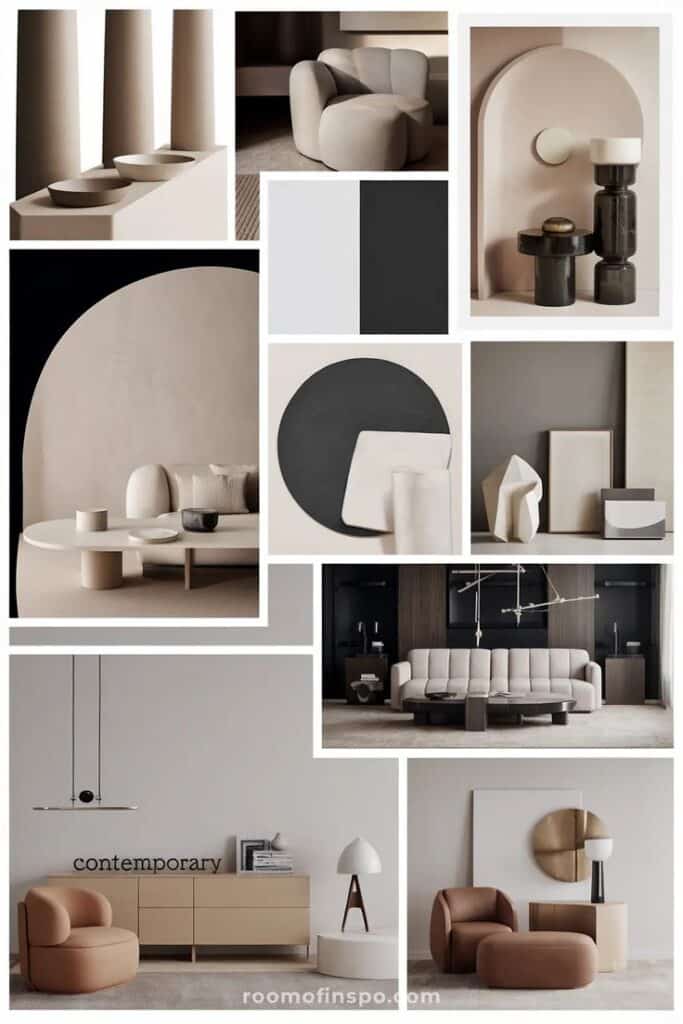
Ways to Maximize Value
Choosing quality materials that last longer can save money over time. For example, opting for durable wood and stain-resistant fabrics reduces future repairs.
Limiting custom features to those that add real function helps control costs. Simple designs with smart details balance looks and budget.
Ordering multiple pieces from the same maker can sometimes get a discount. Also, planning ahead avoids rush fees.
Clear communication with the designer ensures the budget aligns with expectations, preventing costly changes later.
- 1.3Kshares
- Facebook0
- Pinterest1.3K
- Twitter0



